The Buxus genus includes many species of boxwood that are native to different parts of the world. They are versatile shrubs that have been planted in gardens for thousands of years. Whether a formal setting or a more casual style, boxwood are up for the task. With its strong shape and evergreen habit, boxwood perform in the garden year-round. In the grey of the winter months, the rich green foliage provides old-world formality, and as the spring debuts its bright colors, boxwood provide a rich green backdrop as foundation plants. With a high tolerance to pruning, these shrubs make wonderful hedges or can become works of art as topiaries.
As one travels around the globe, you are likely to spot boxwood in all kinds of shapes and sizes. The majority of Buxus species are considered tropical or sub-tropical, but the more commonly cultivated European, American, and Asian species are very frost tolerant and have migrated away from the tropics.
As part of our dedication to learning all we can from boxwood growers around the world, our team has spent some time traveling and spotting boxwood along the way. Here we share some of our favorite plantings of boxwood to highlight their versatility and bring you some inspiration.
United States:
Starting on our home turf, the United States has many diverse climates but you will find boxwood in almost every state. From the sunny streets of San Francisco, California to the bustling metropolis of Indianapolis, Indiana to the quiet foothills of the Blue Ridge Mountains in Virginia, you’ll find our favorite evergreen.




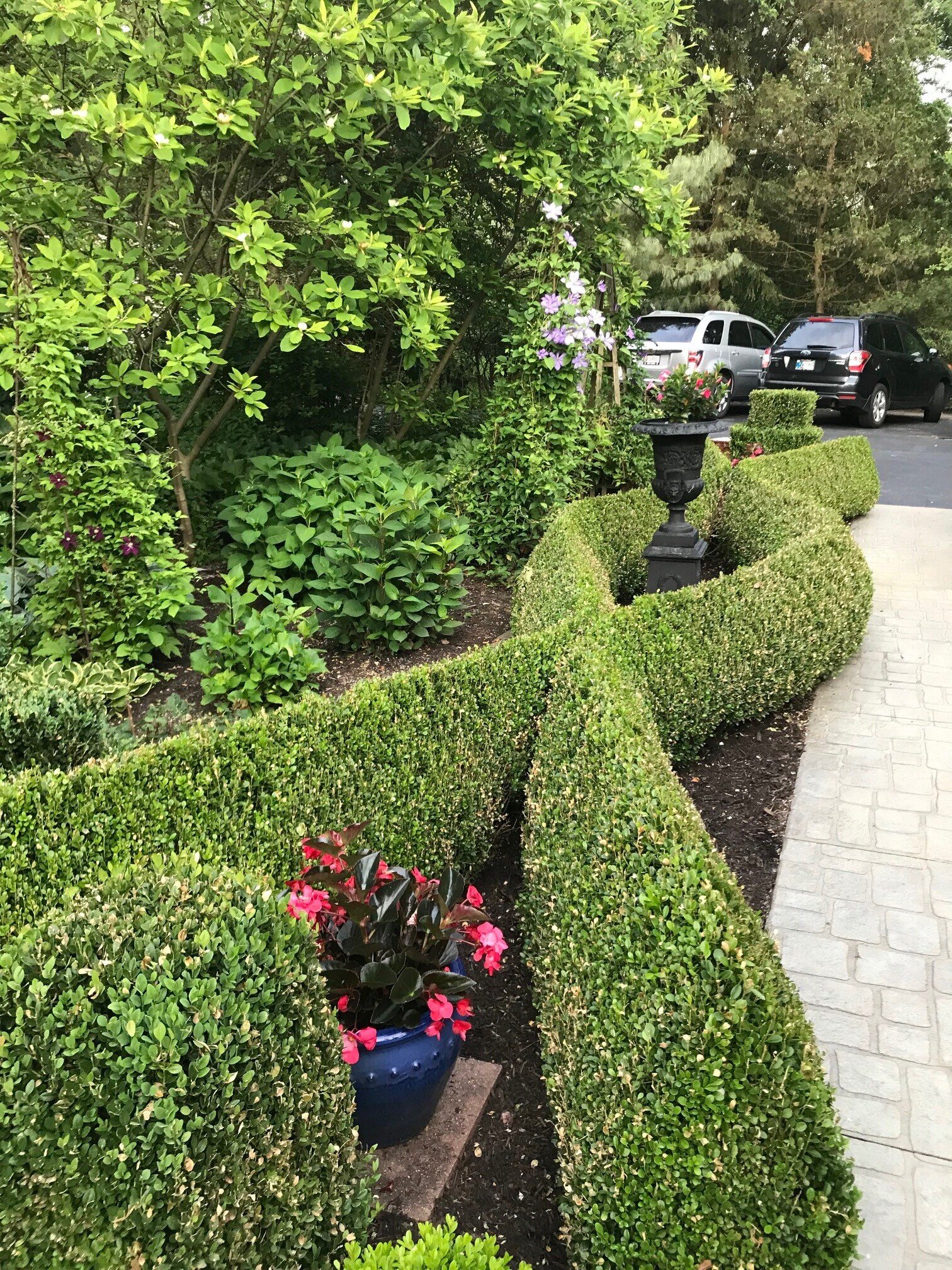
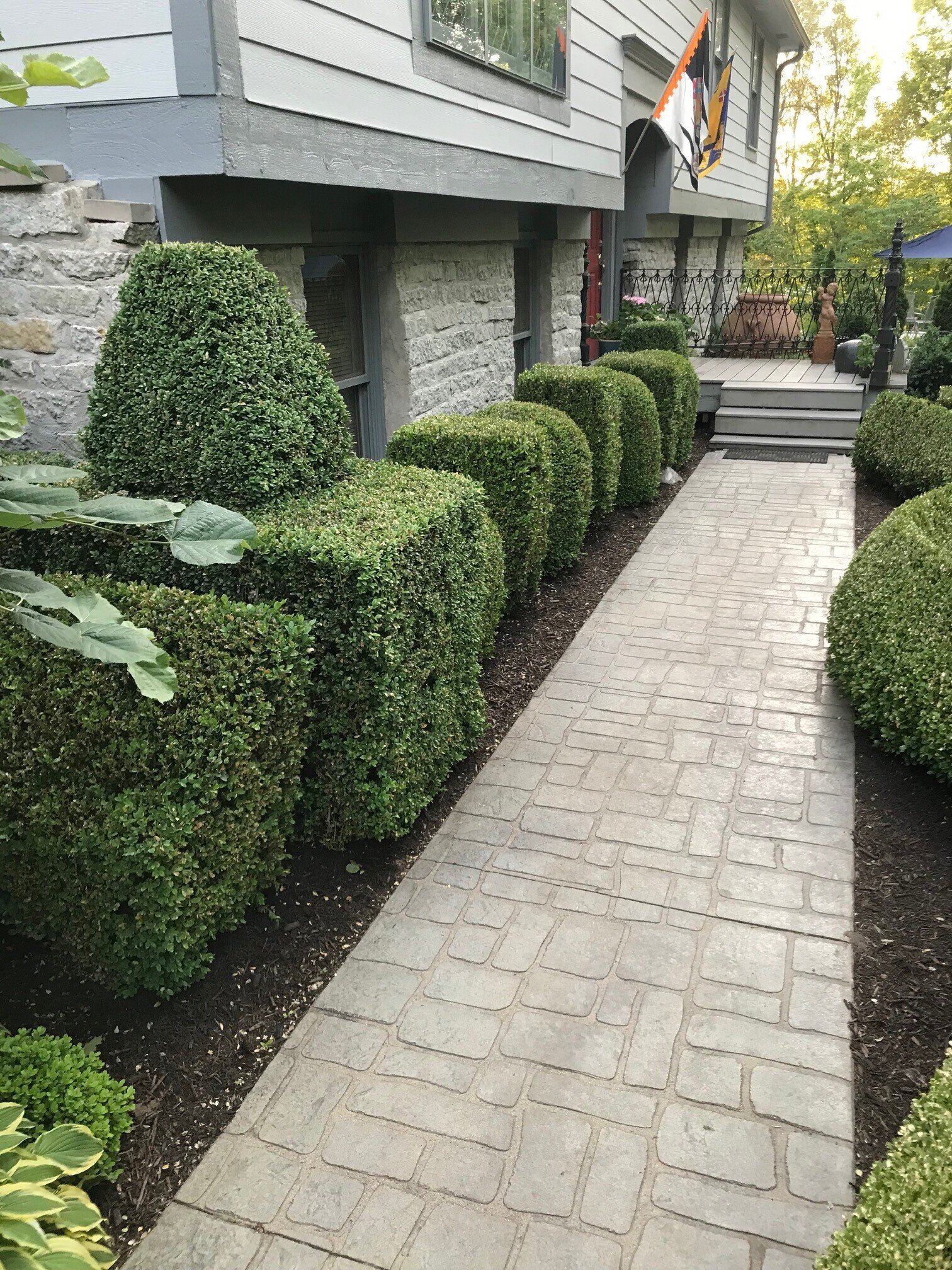
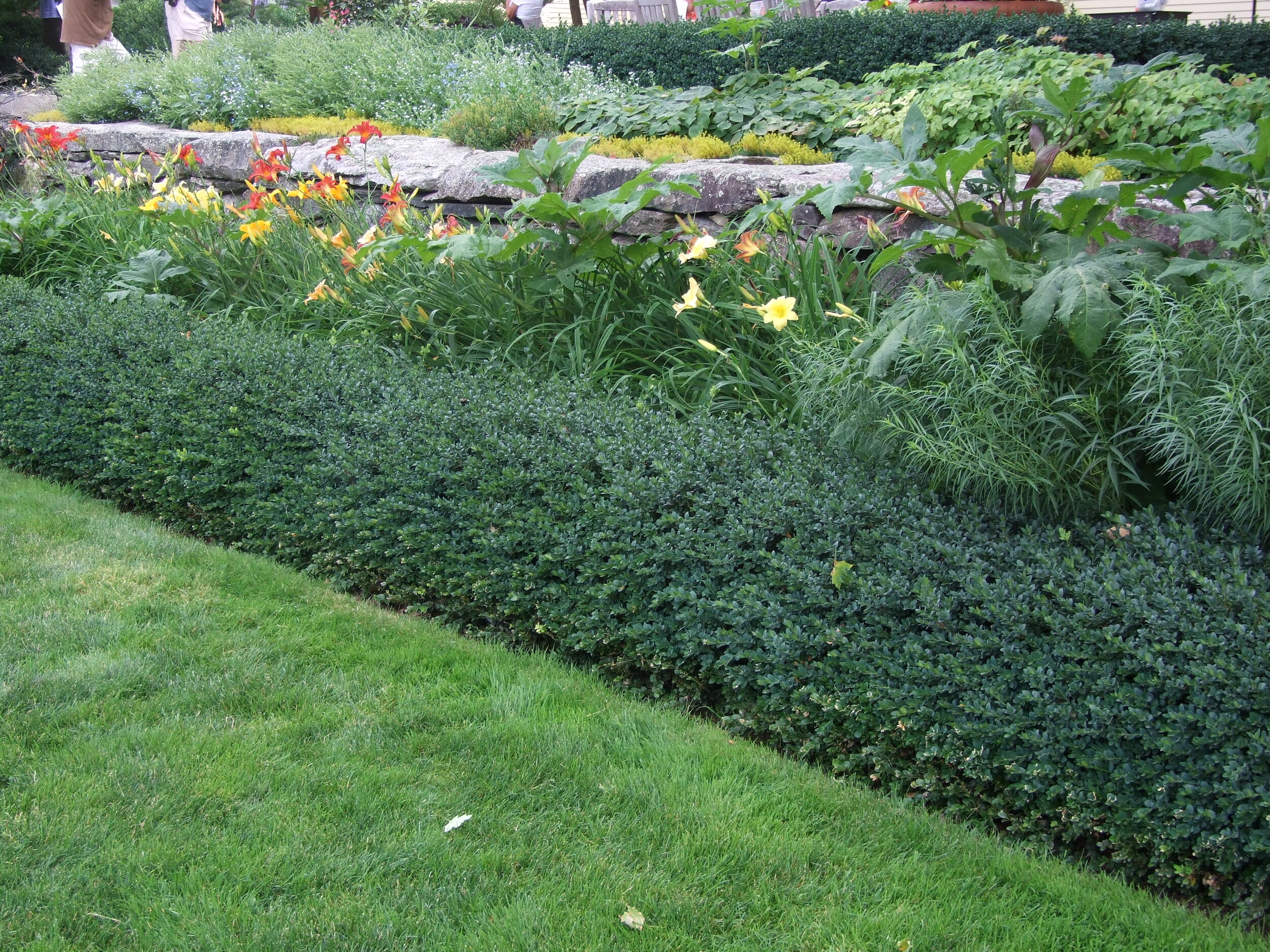
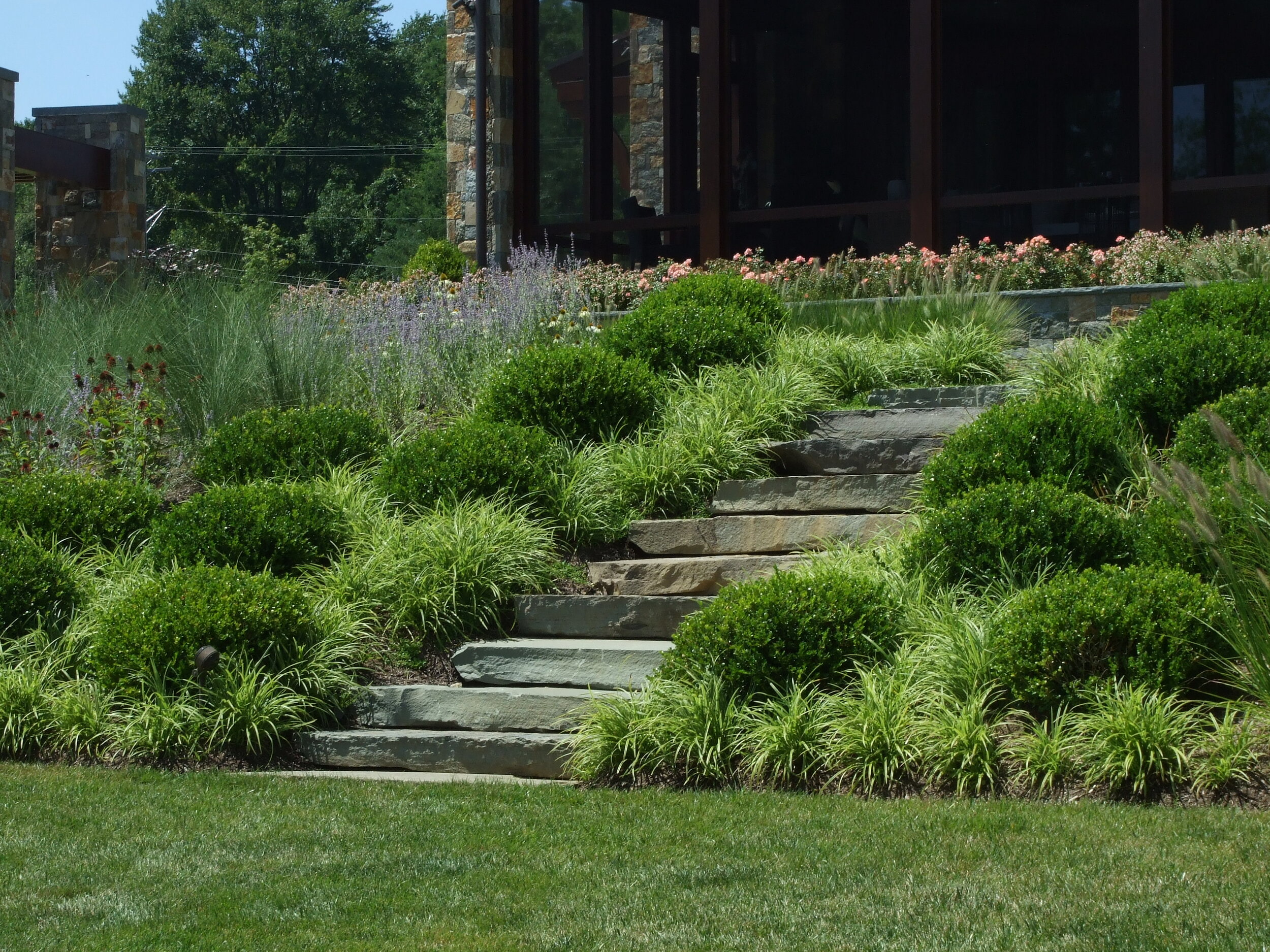
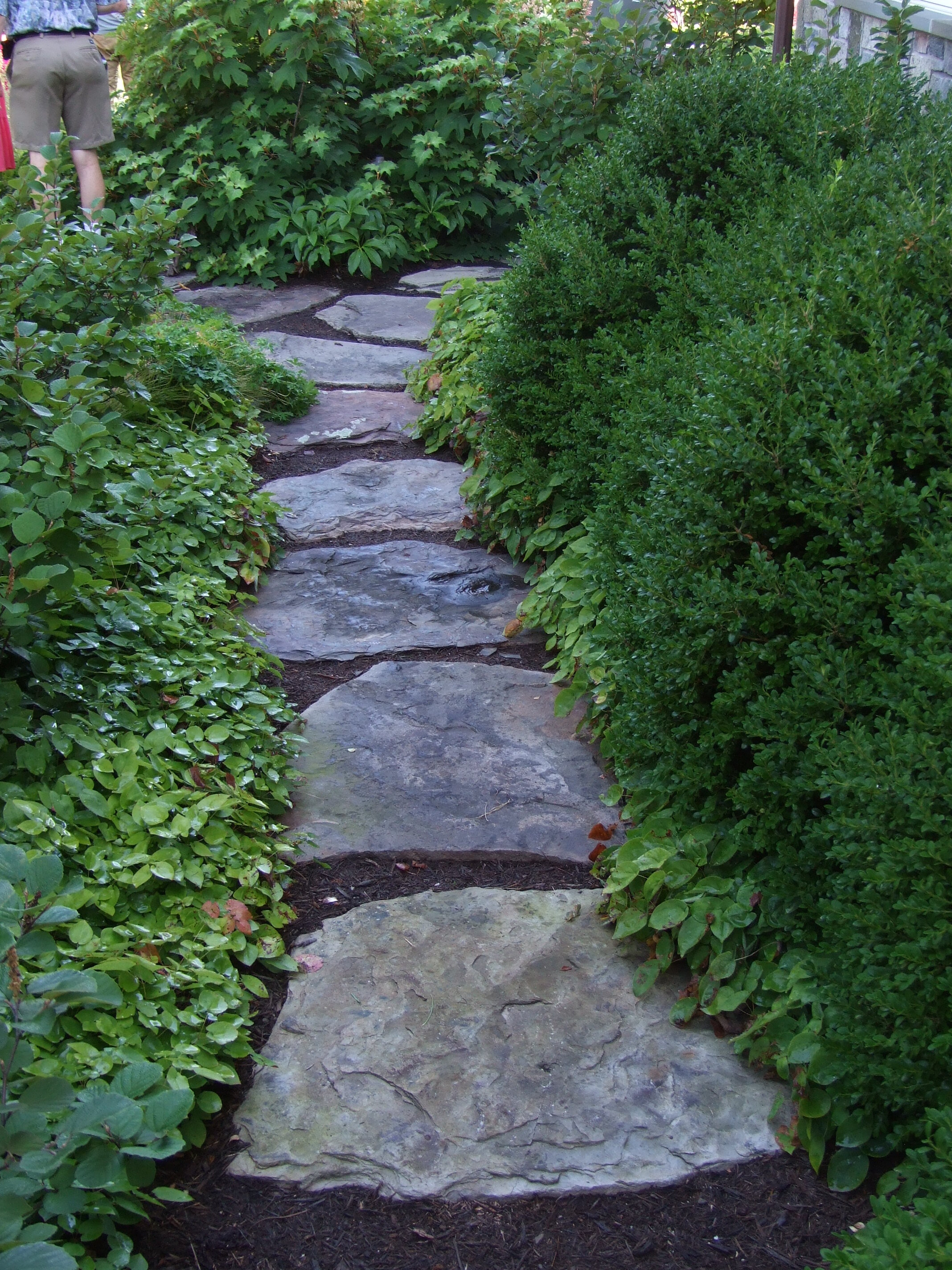
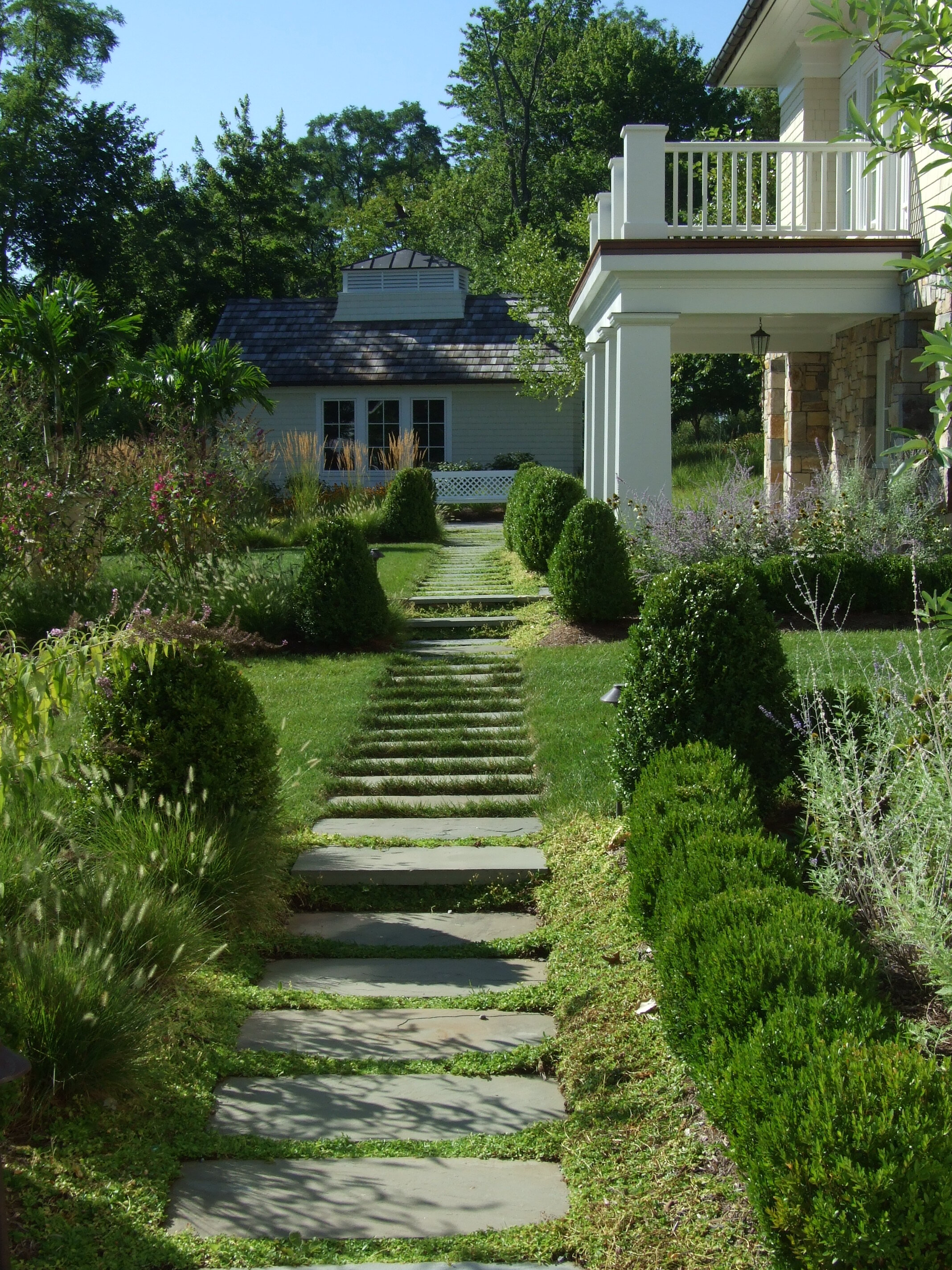

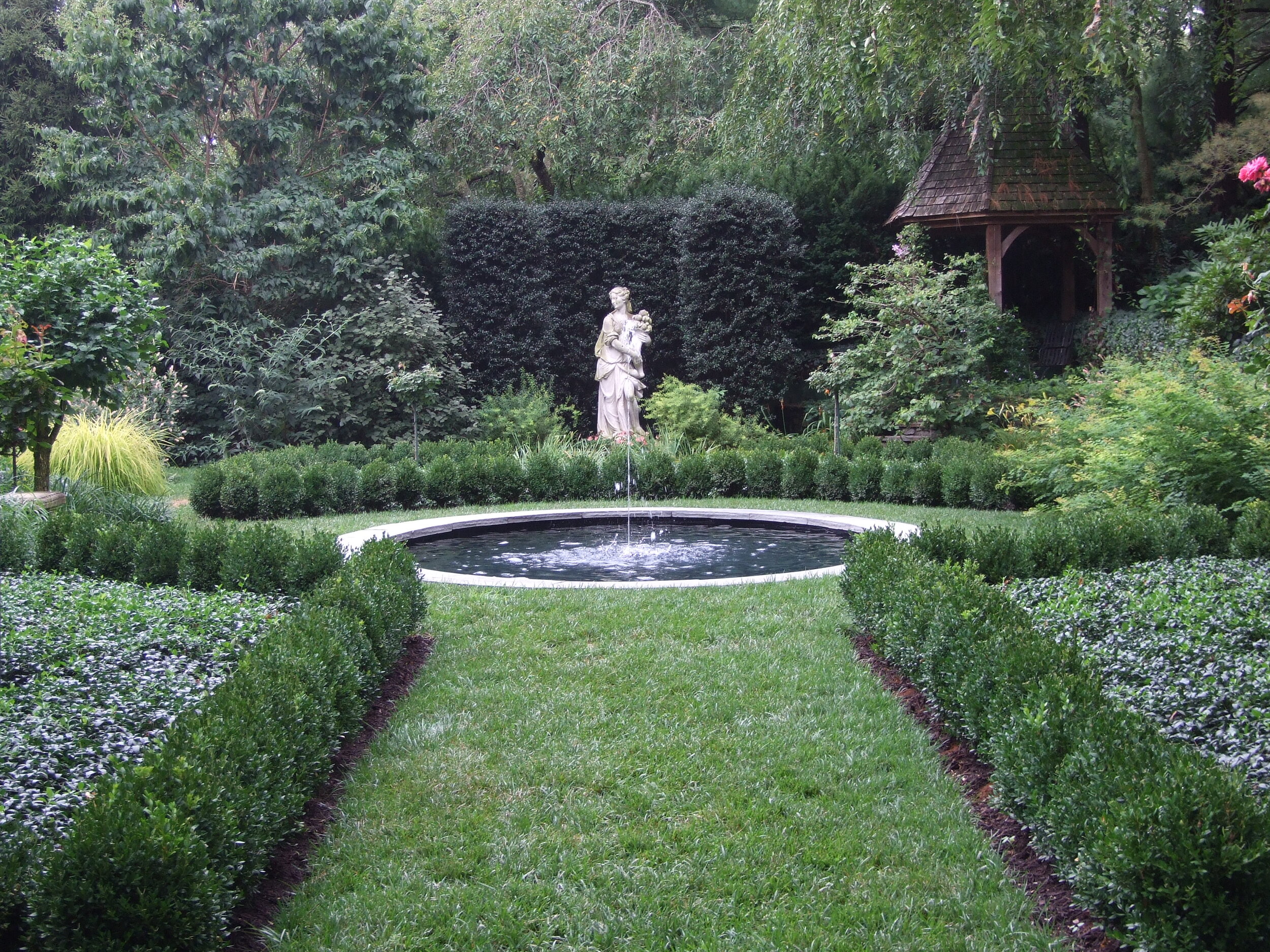
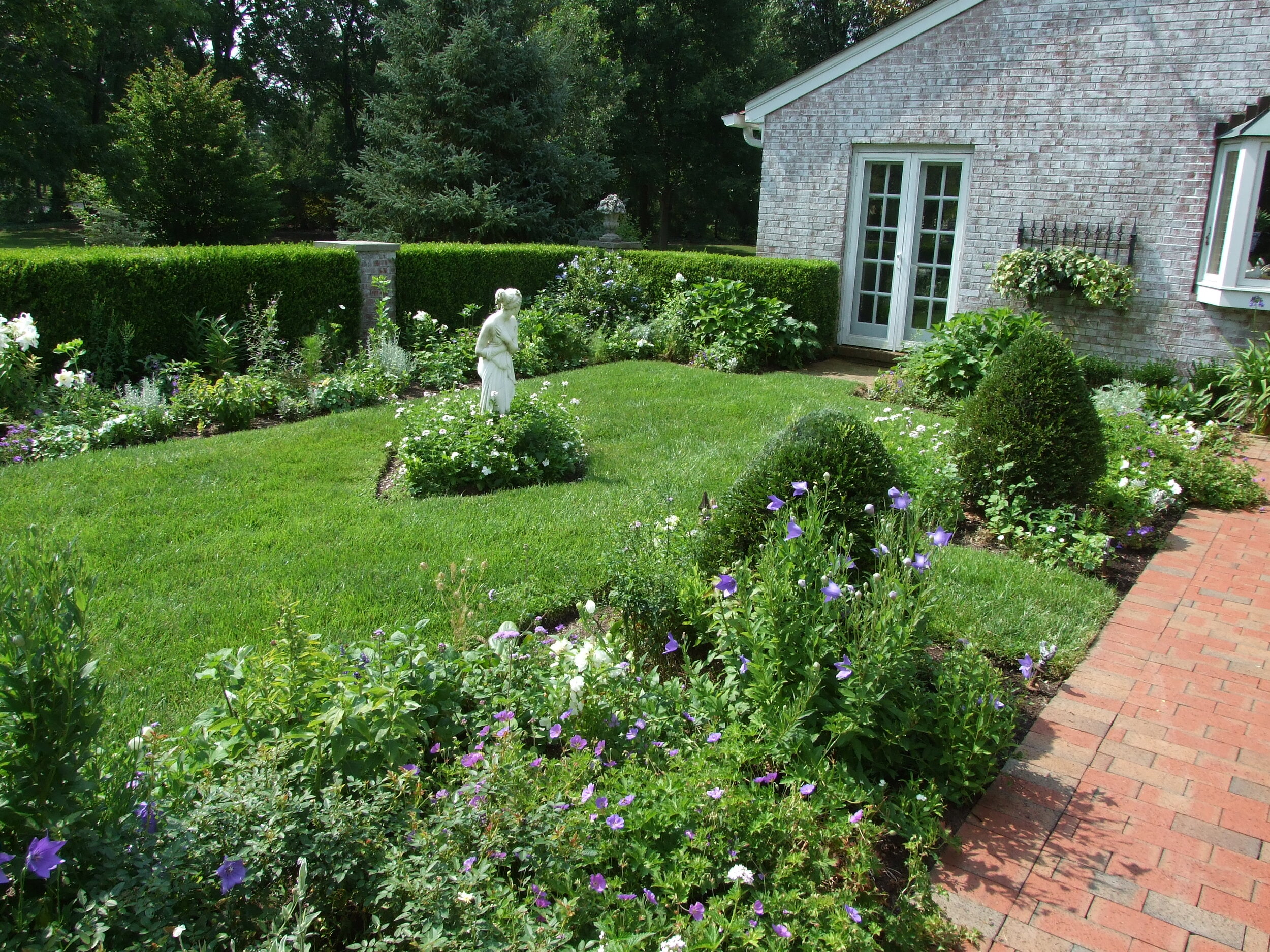
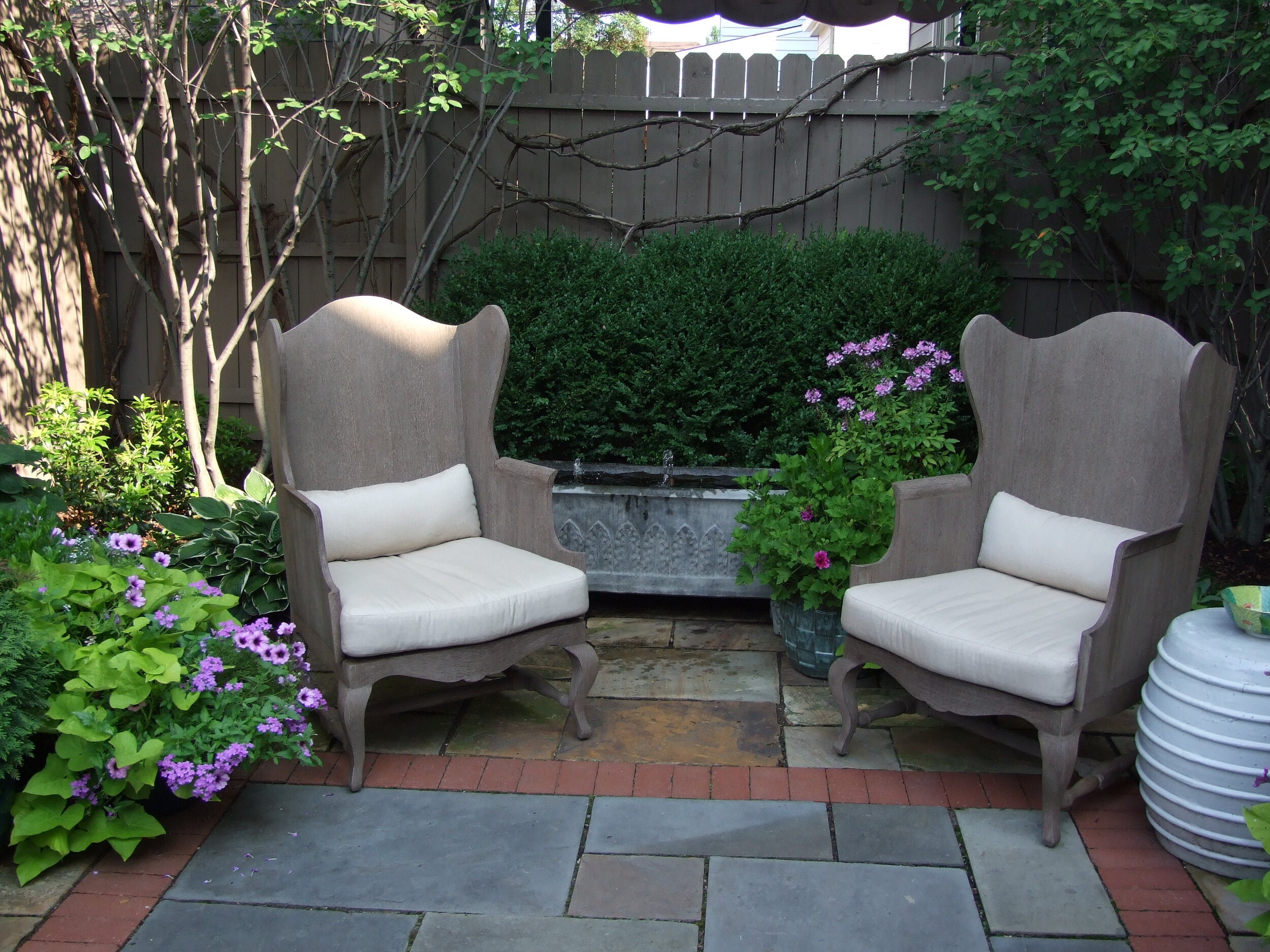

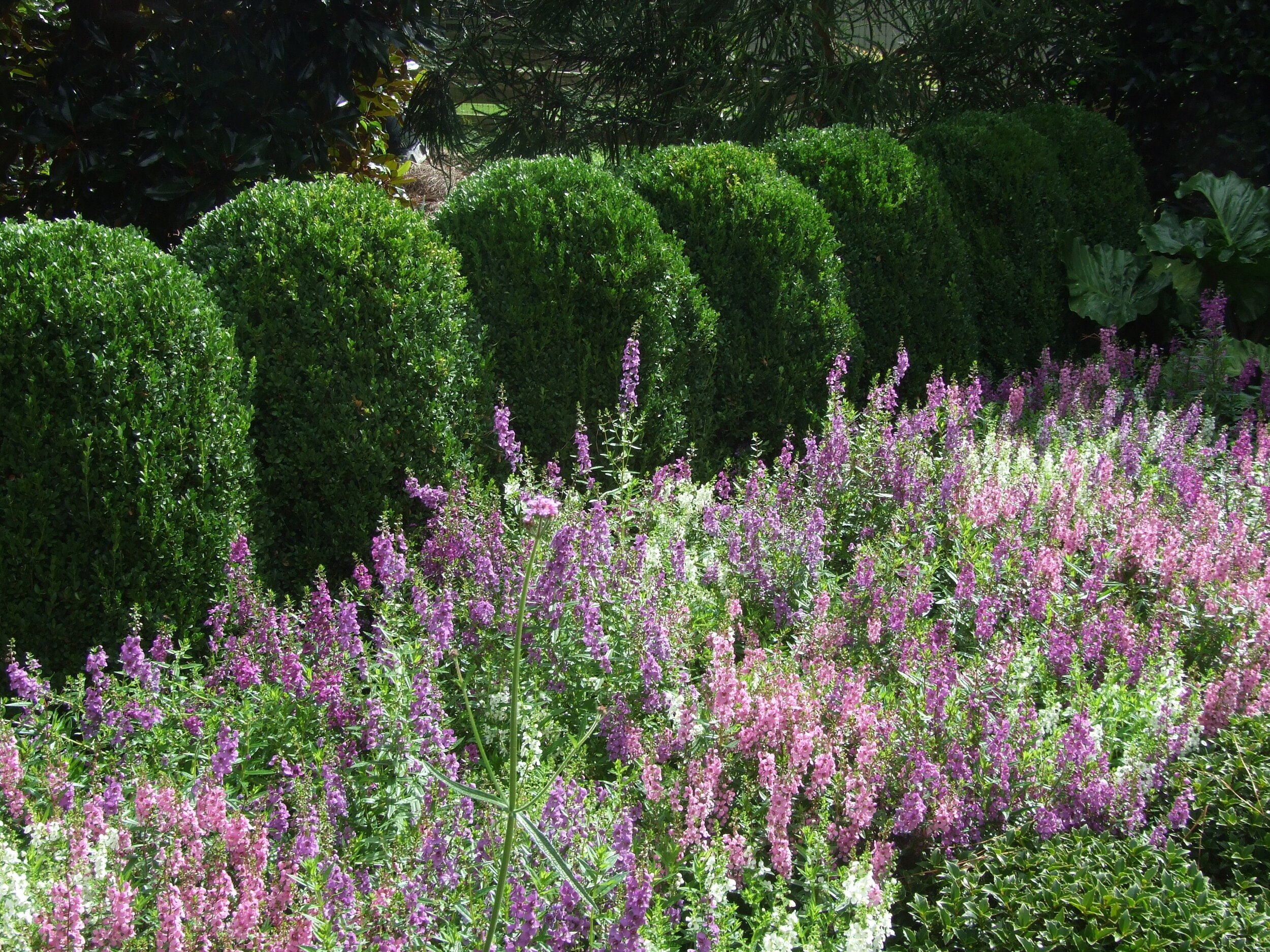
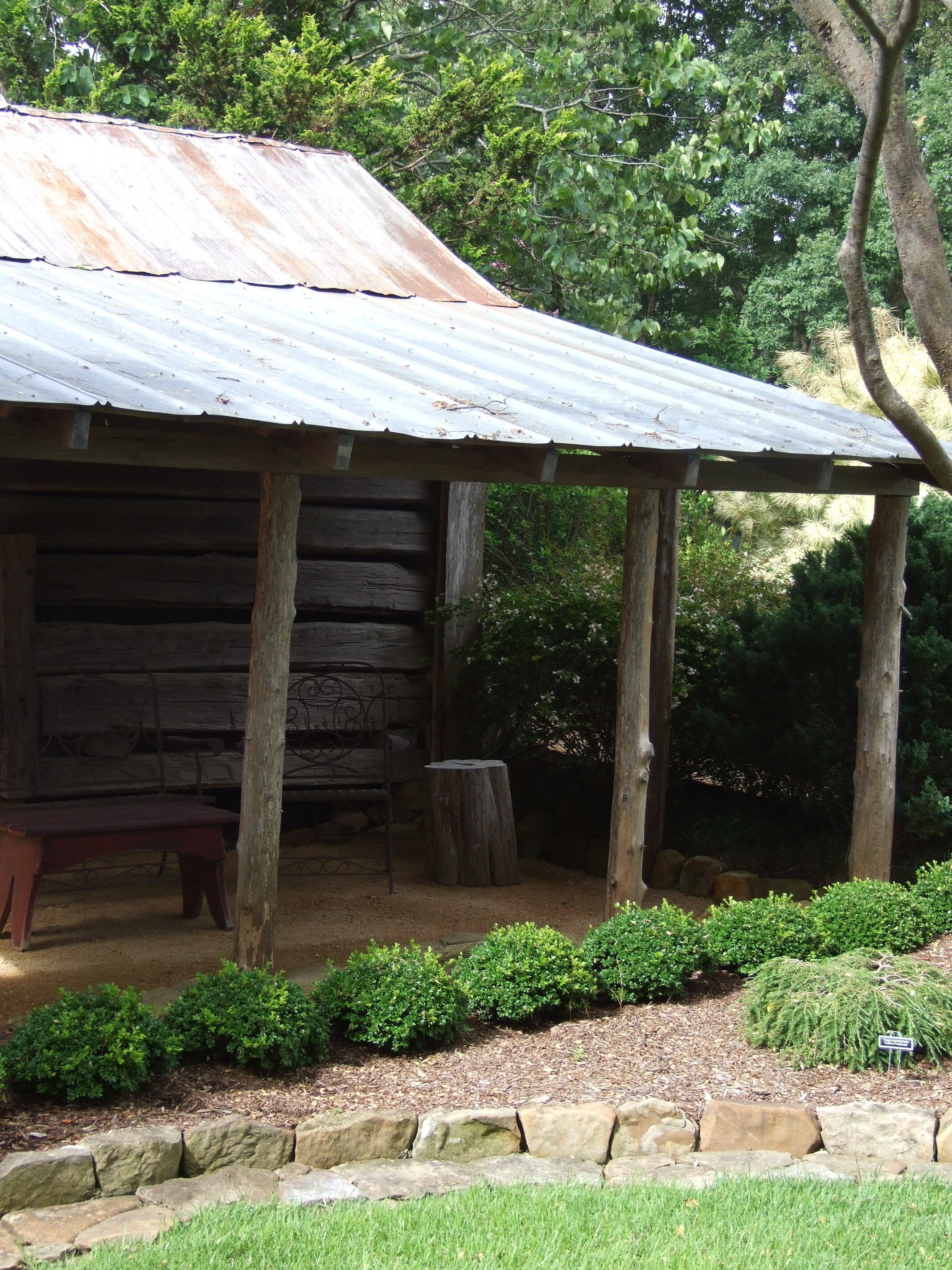
Canada
Like the United States, Canada has varying climates coast to coast. The western coast tends to have milder temperatures, lots of overcast days, and a good bit of rain, where as the eastern coast can see colder winters. However, boxwood are found in many landscapes throughout the country.
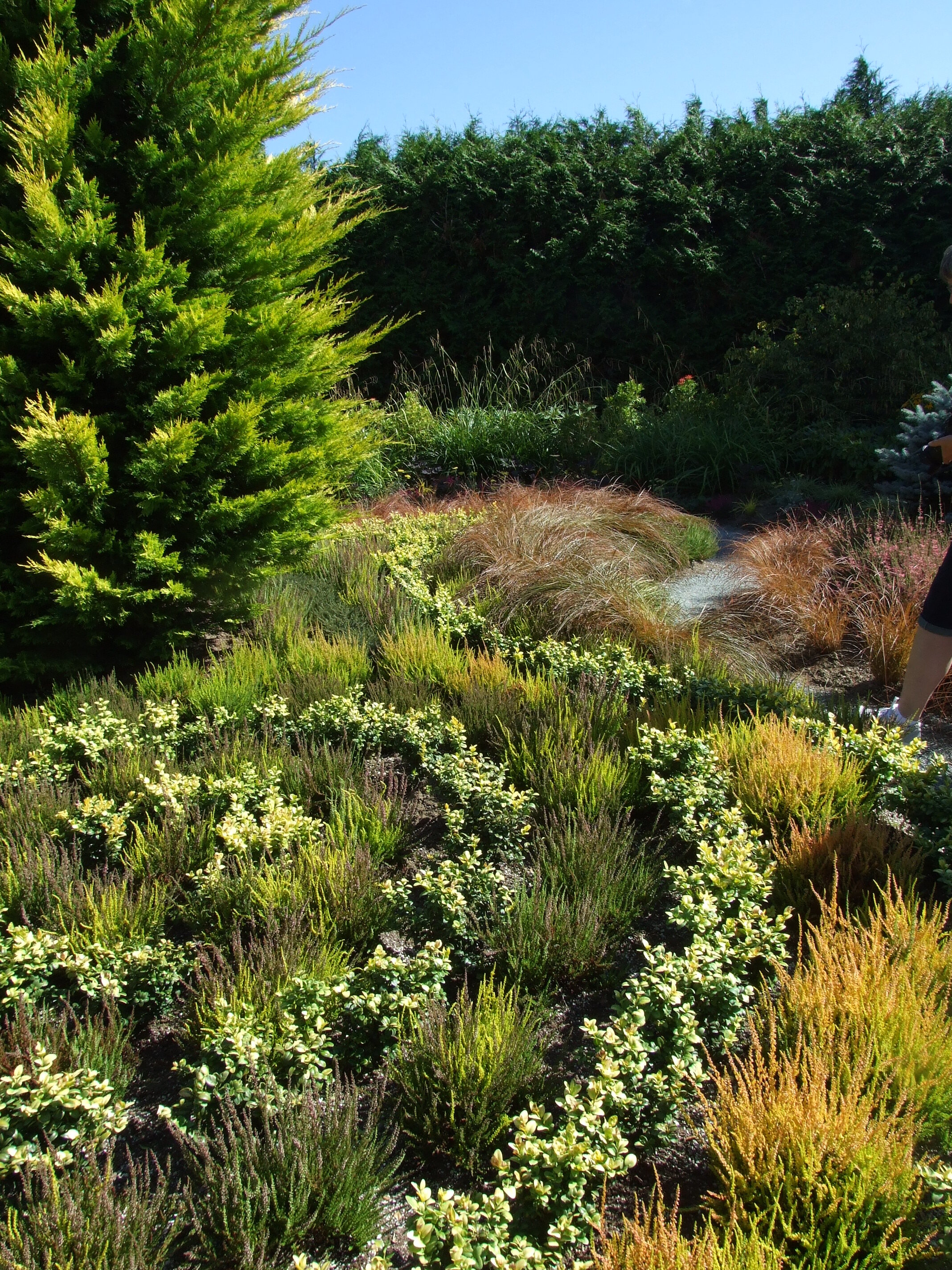
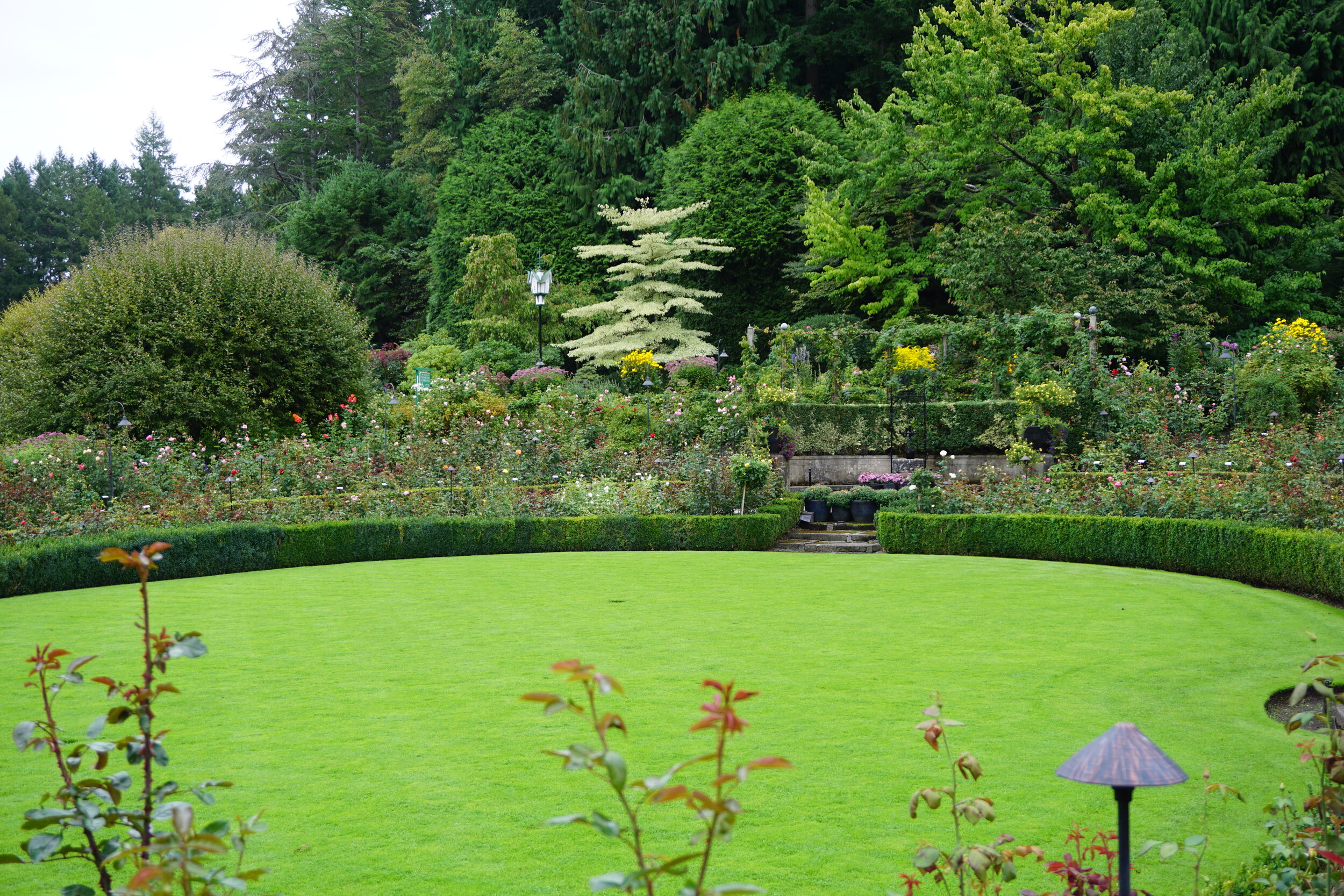
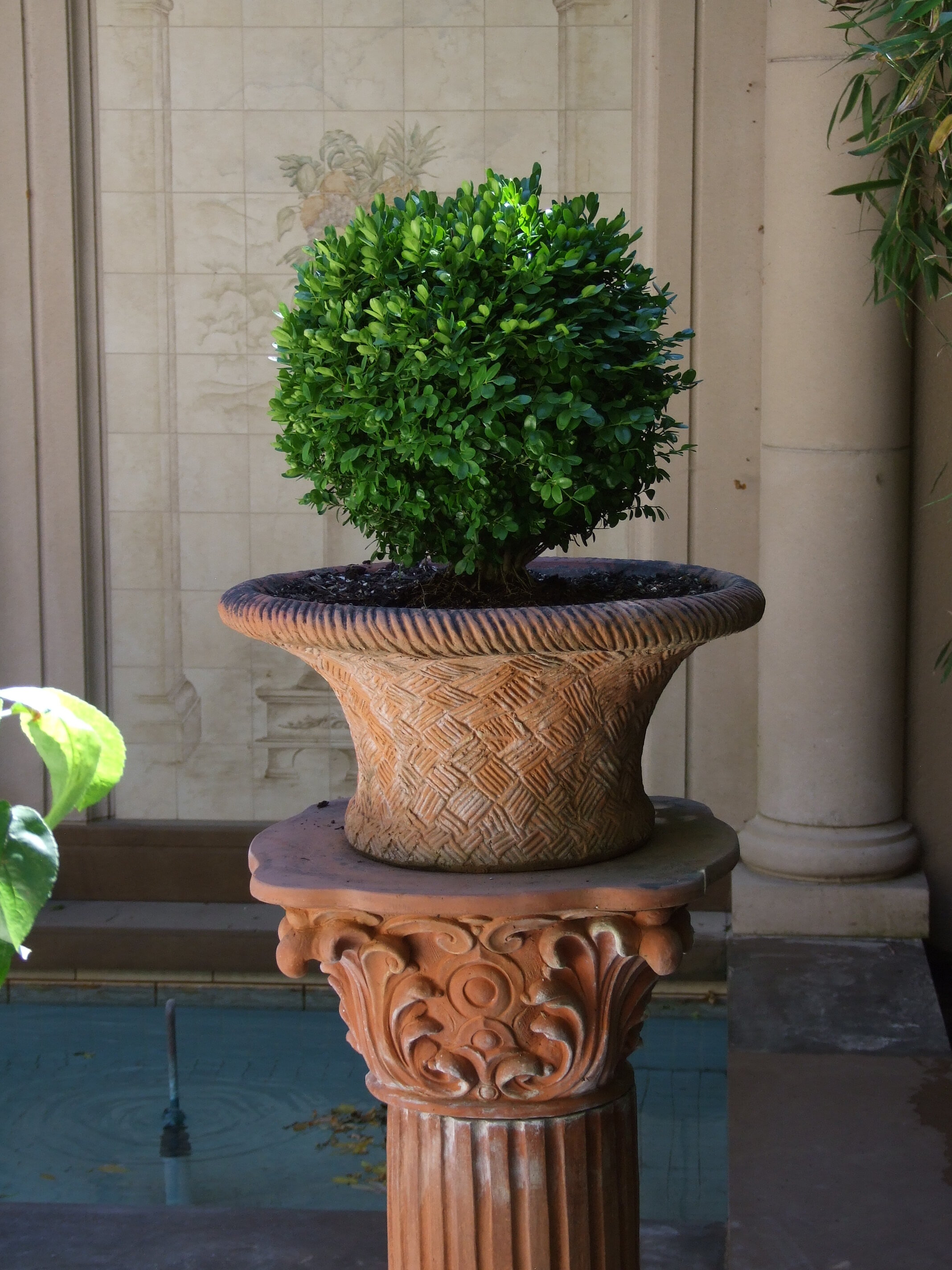

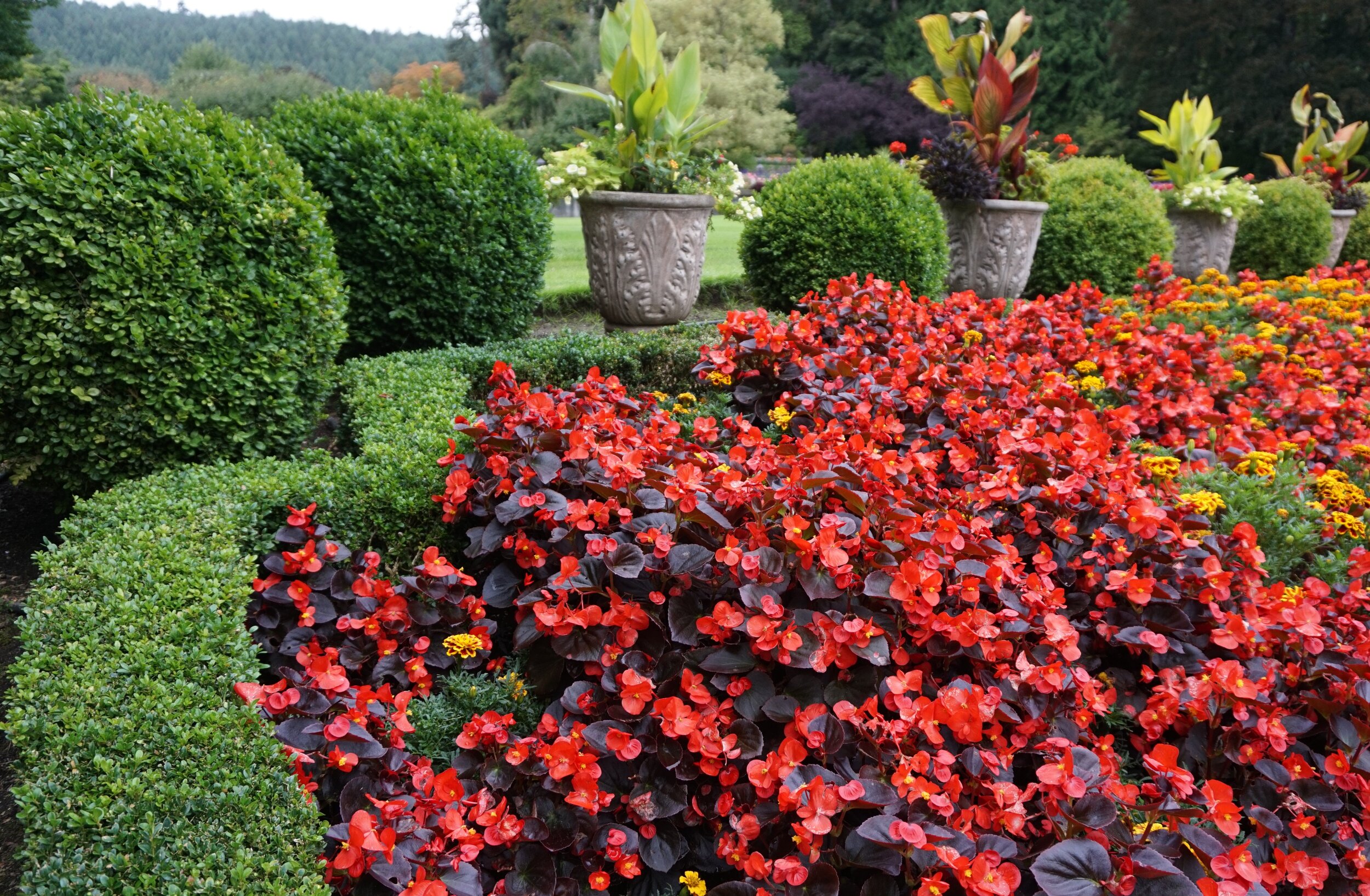
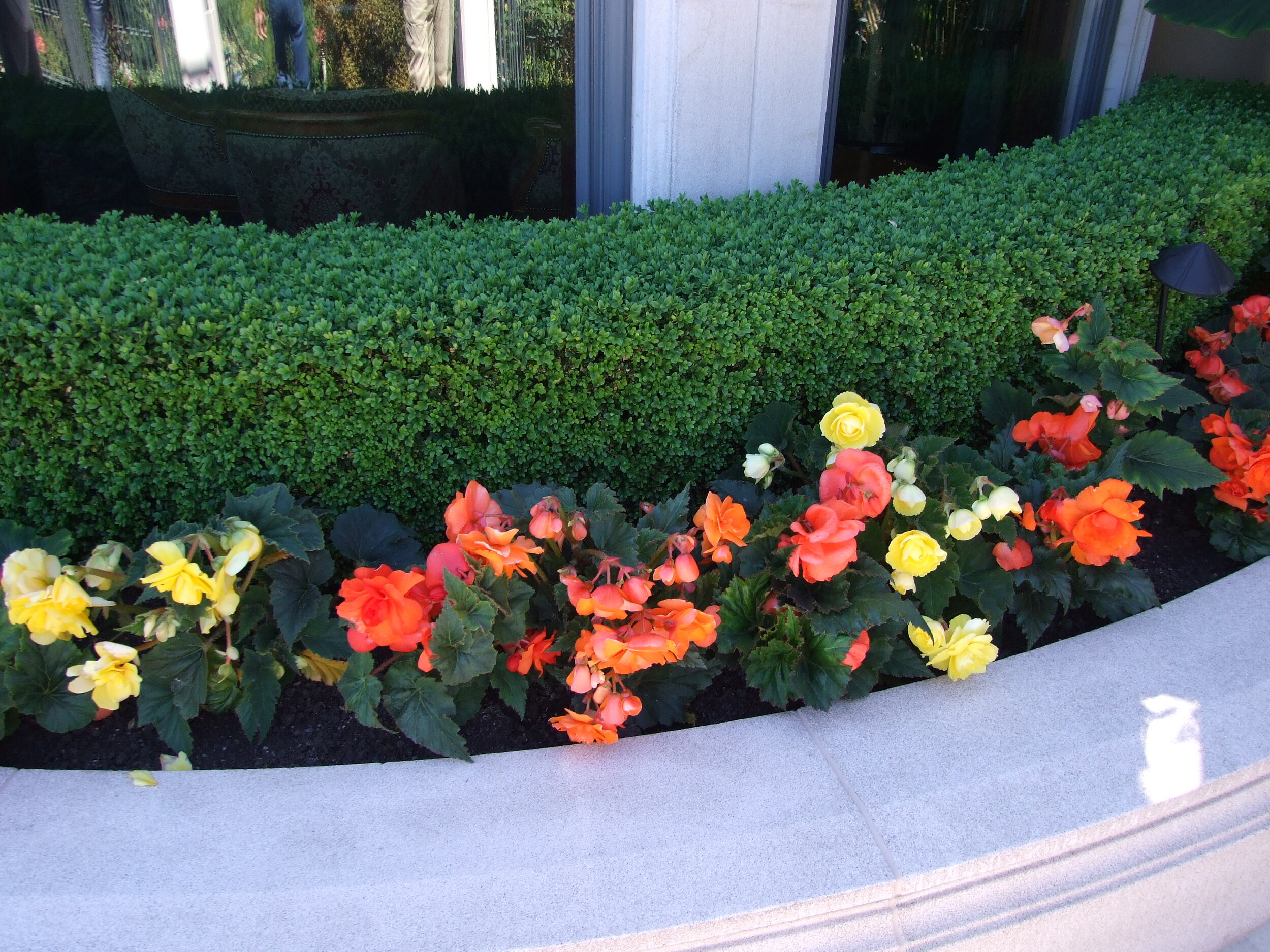
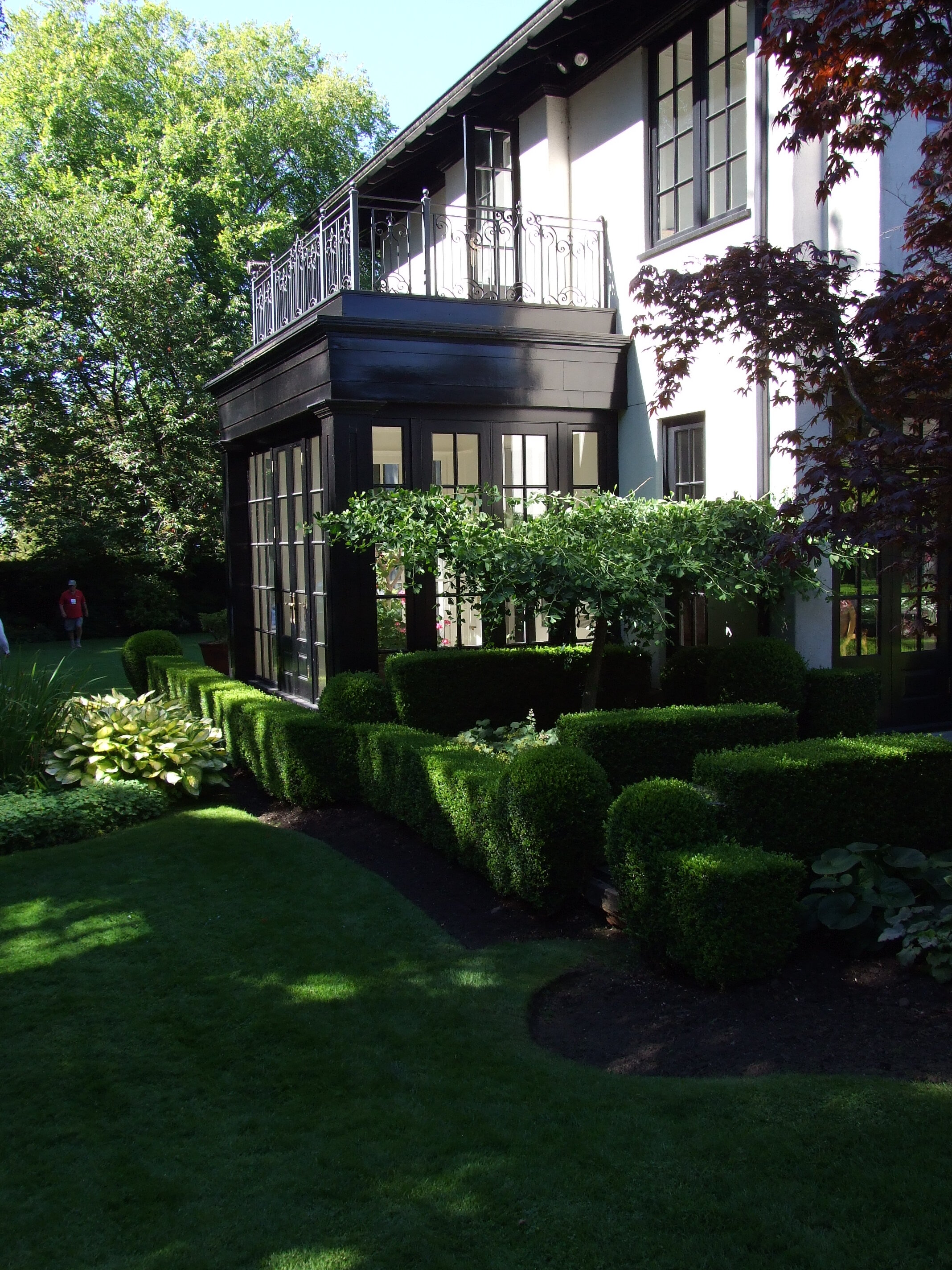
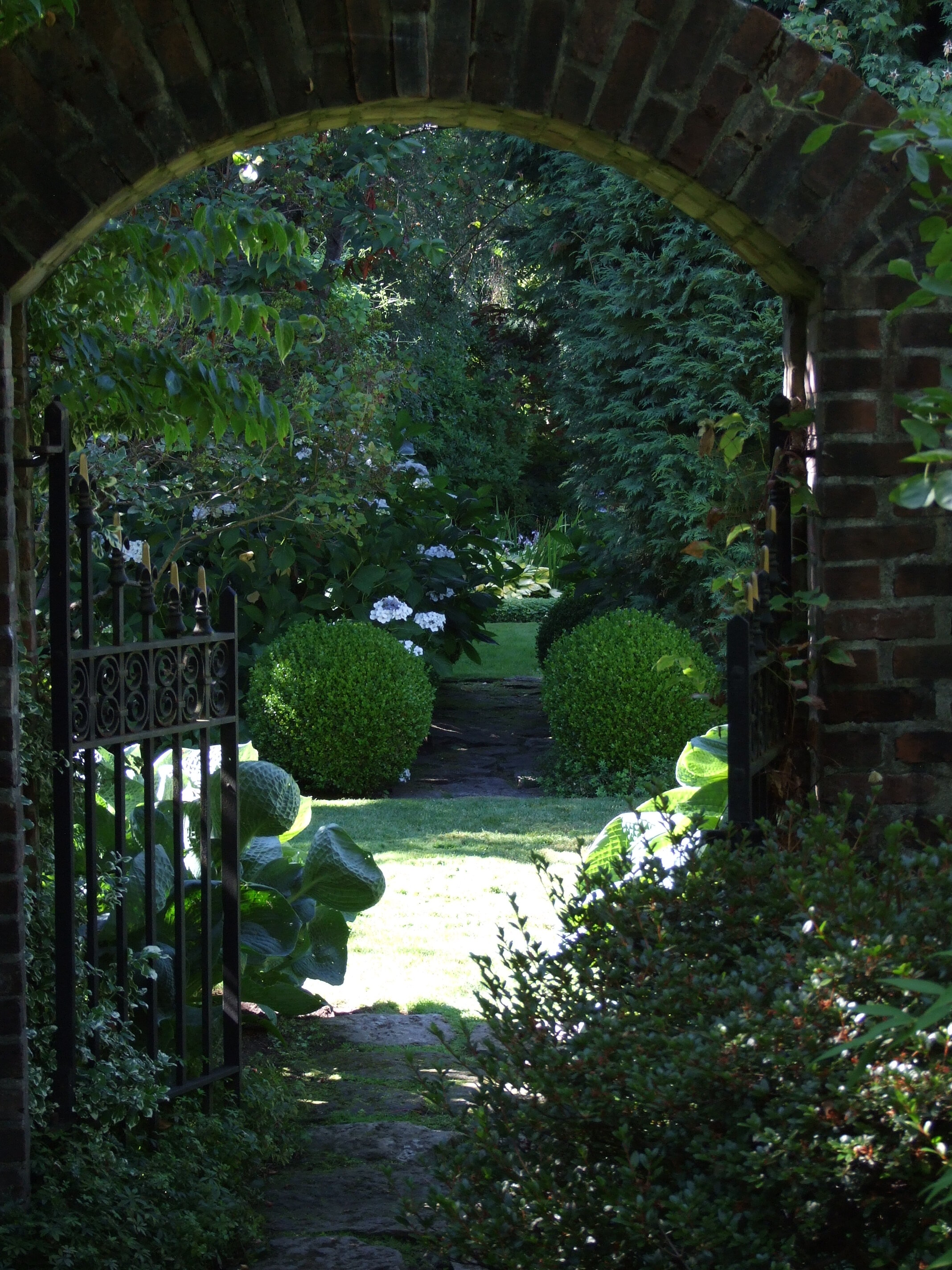
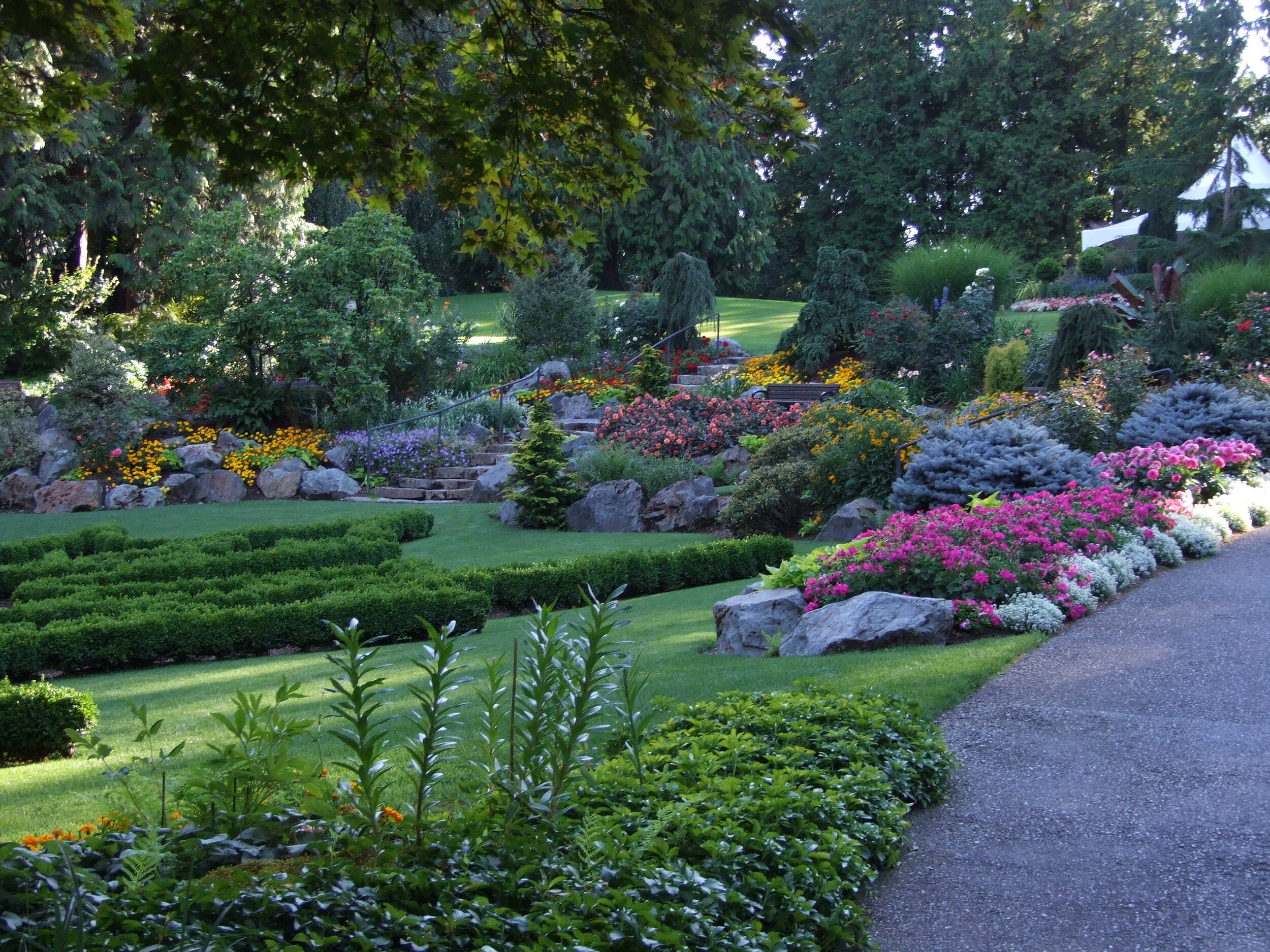
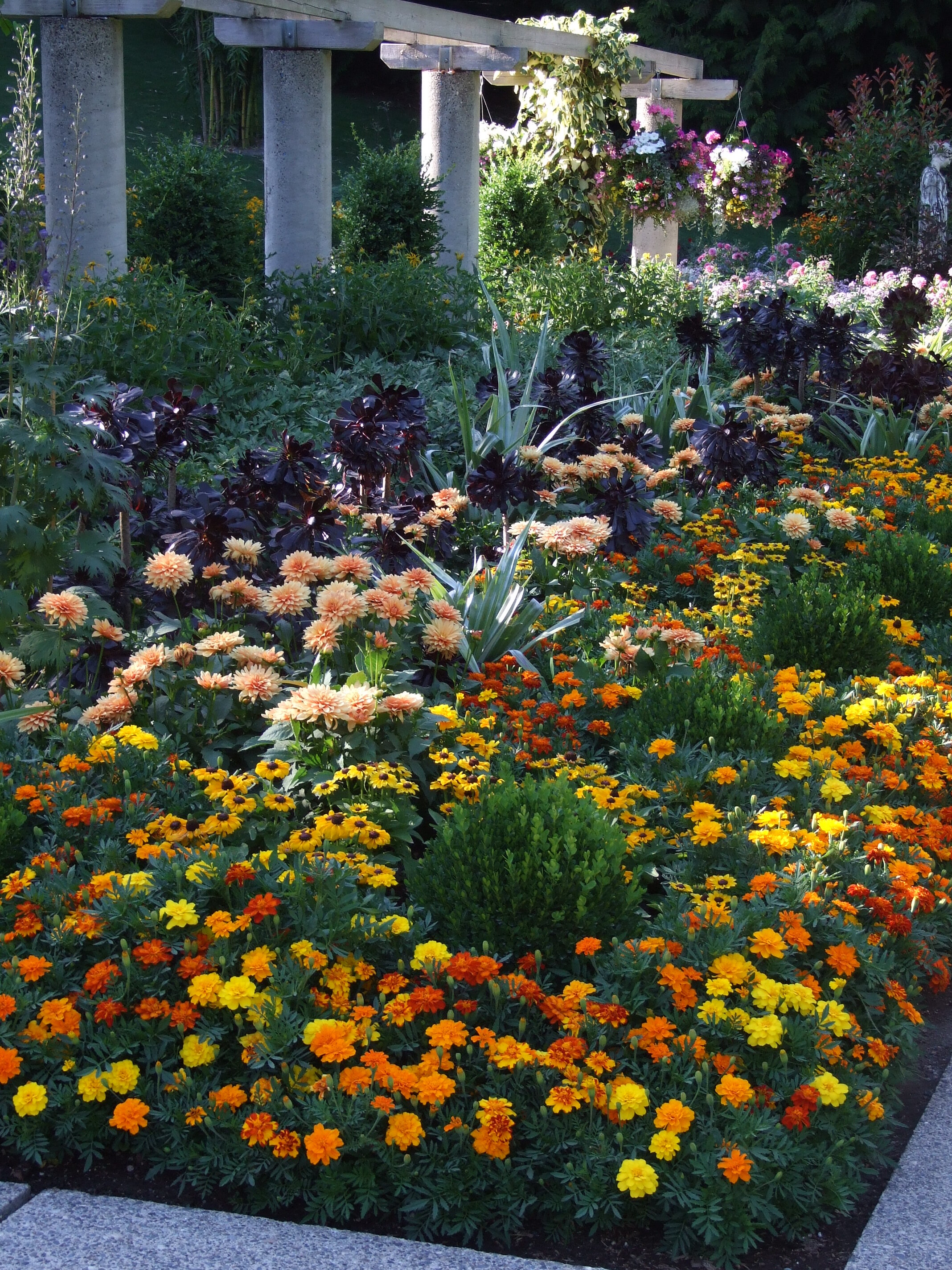
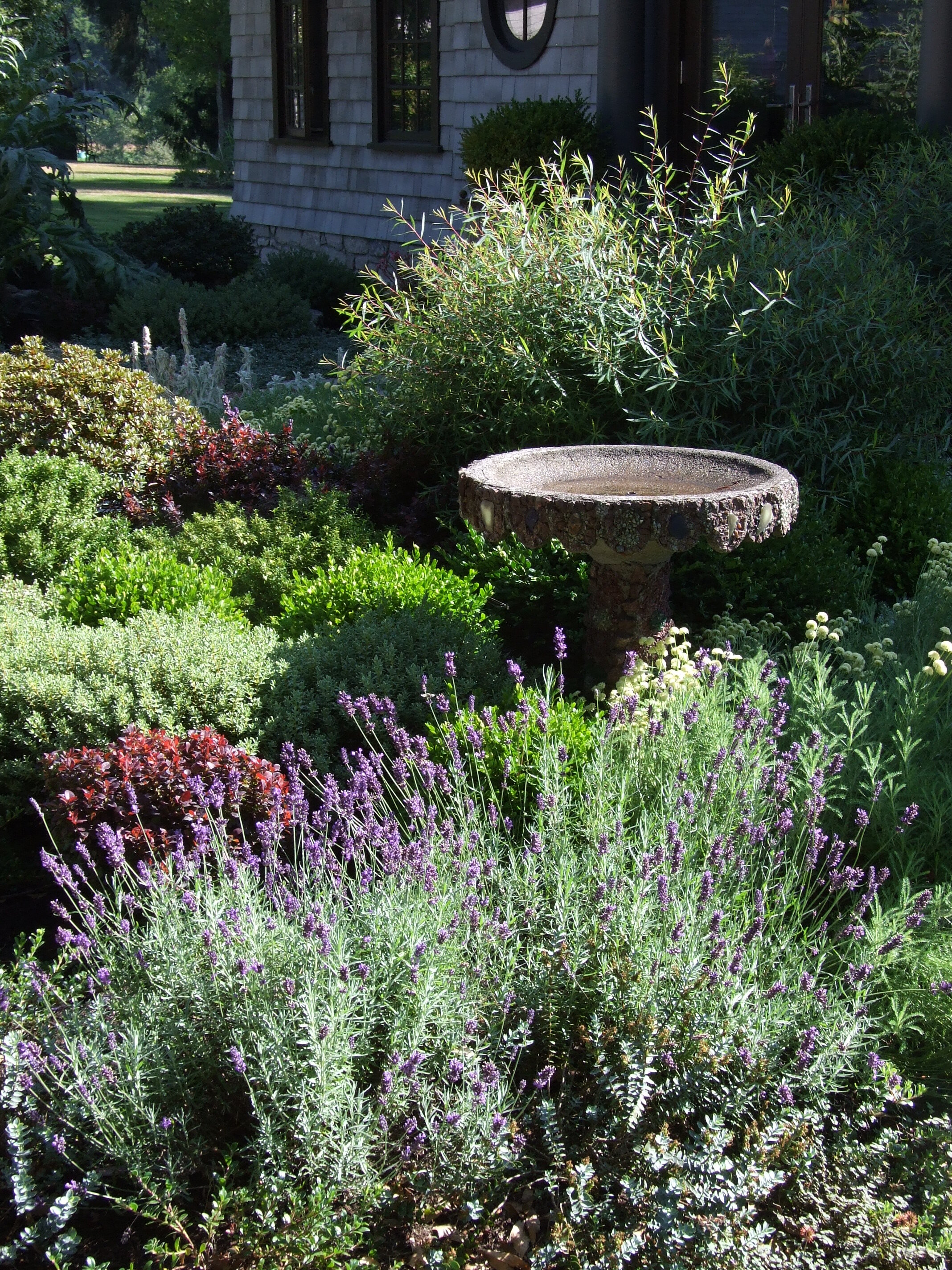
Europe
The formal gardens found in many European countries, some dating back thousands of years are arguably responsible for putting boxwood on the map as an ornamental crop. Through the years many other styles of landscape architecture have become popular, but you are still very likely to find boxwood mixed in. Whether they are in the miles of hedges found in French Chateaus, or small living fences in English Vegetable gardens, or specimens and topiaries in the Netherlands, boxwood are sure to make an appearance. You will even find native boxwood growing wild in many forests on the European continent. These native specimens have historically been more than just ornamental crops, and were used in historical medicine. You can also find the wood used in carpentry due to its thick density and strength.

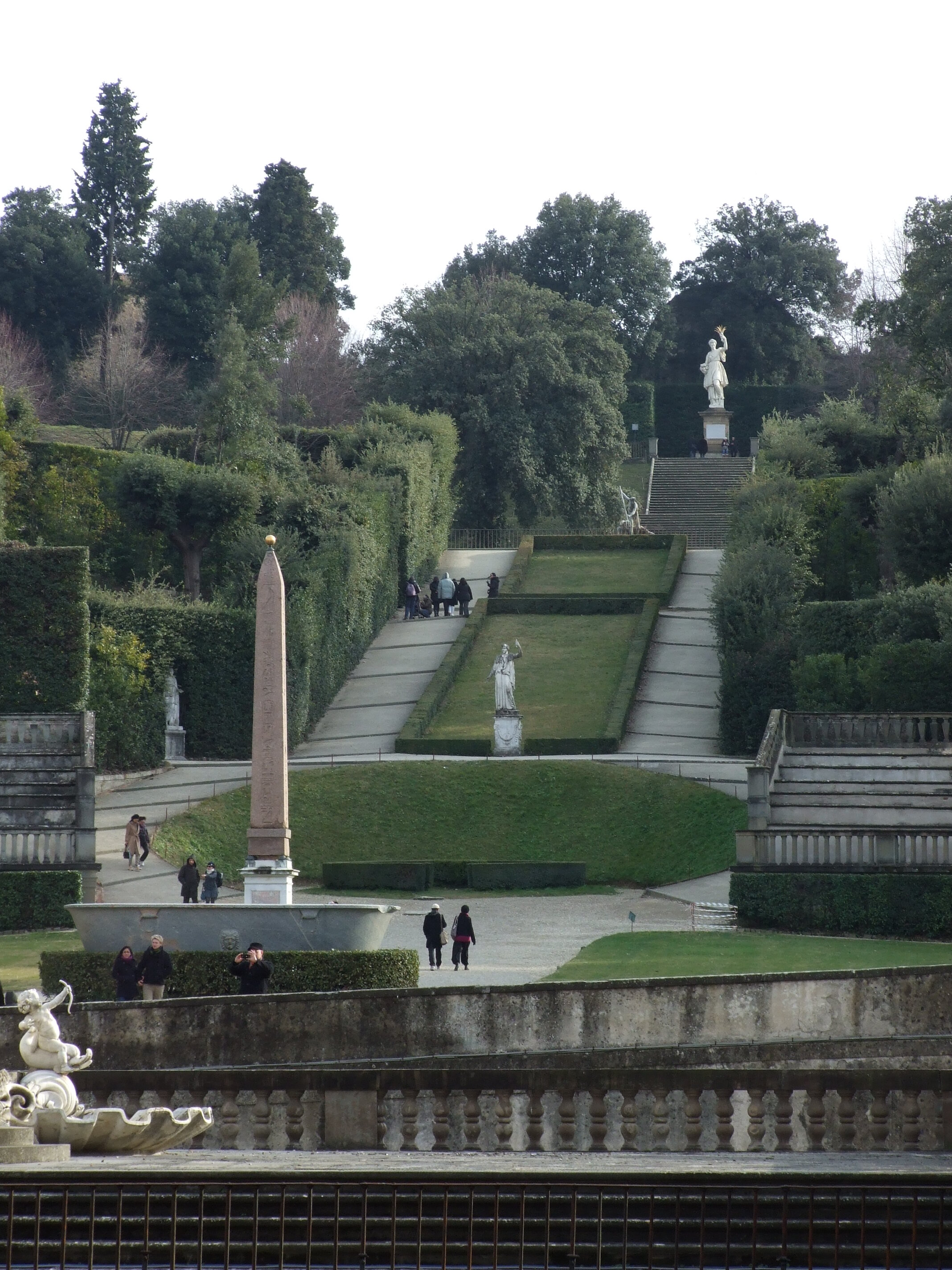
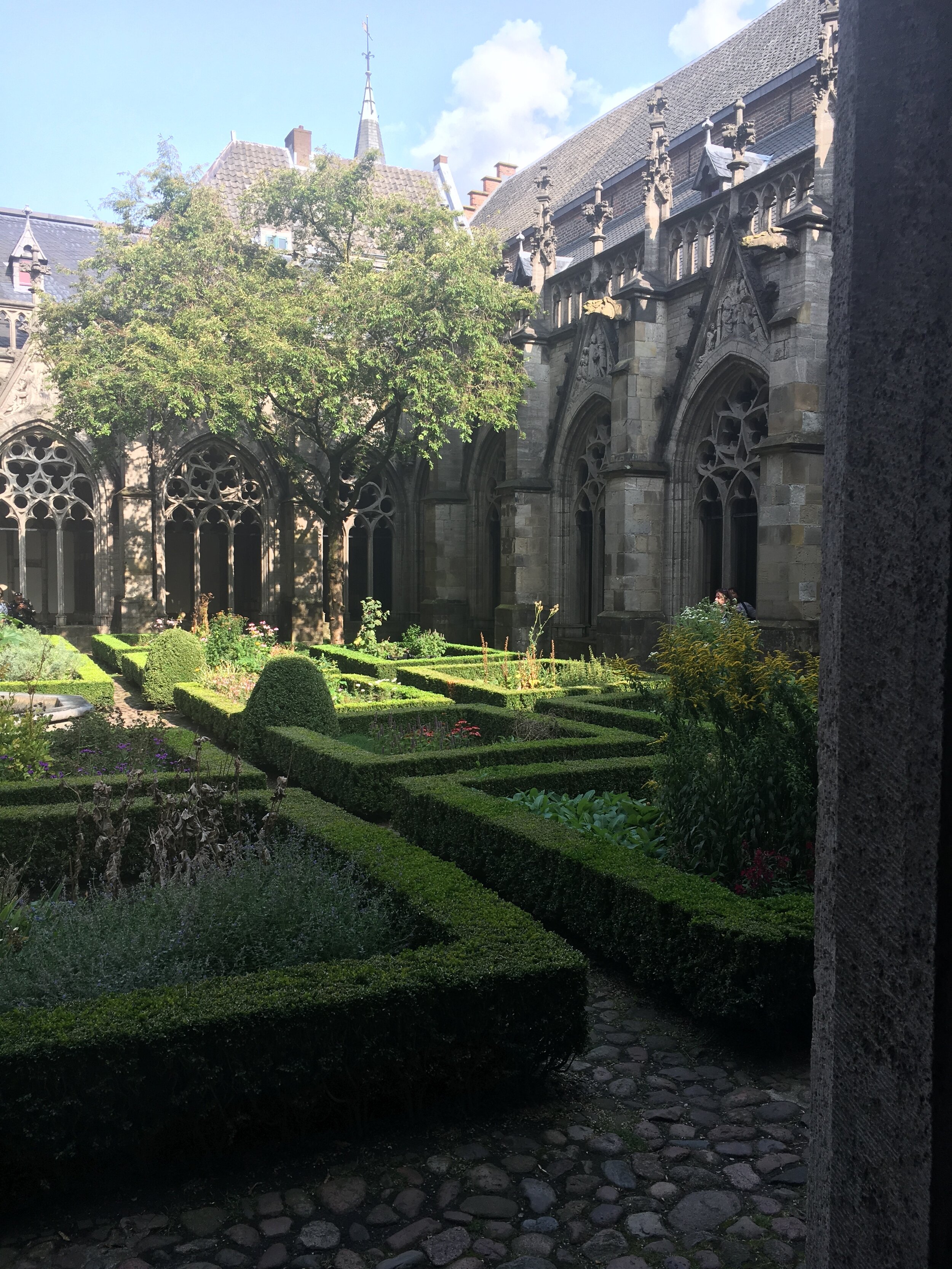
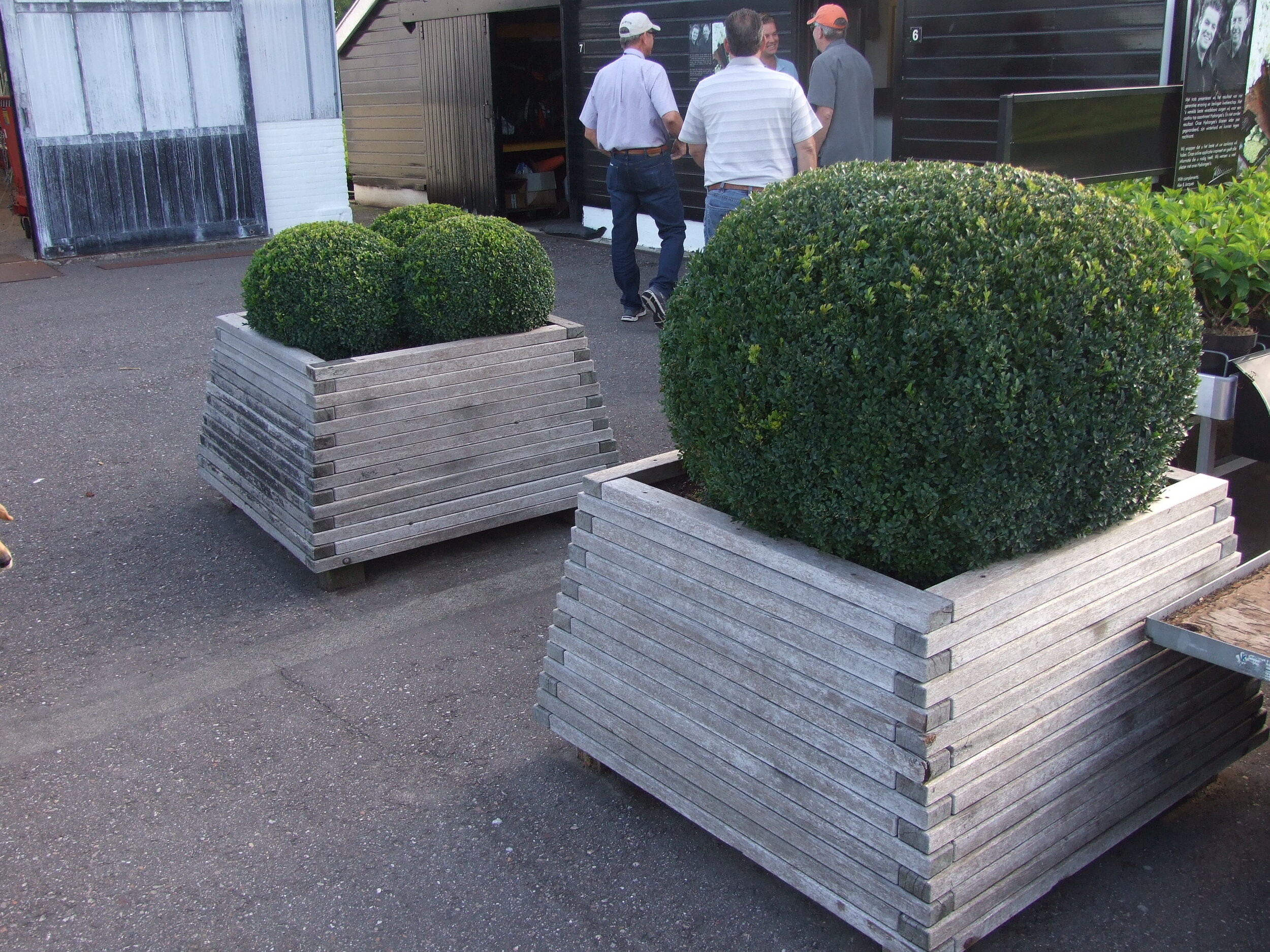
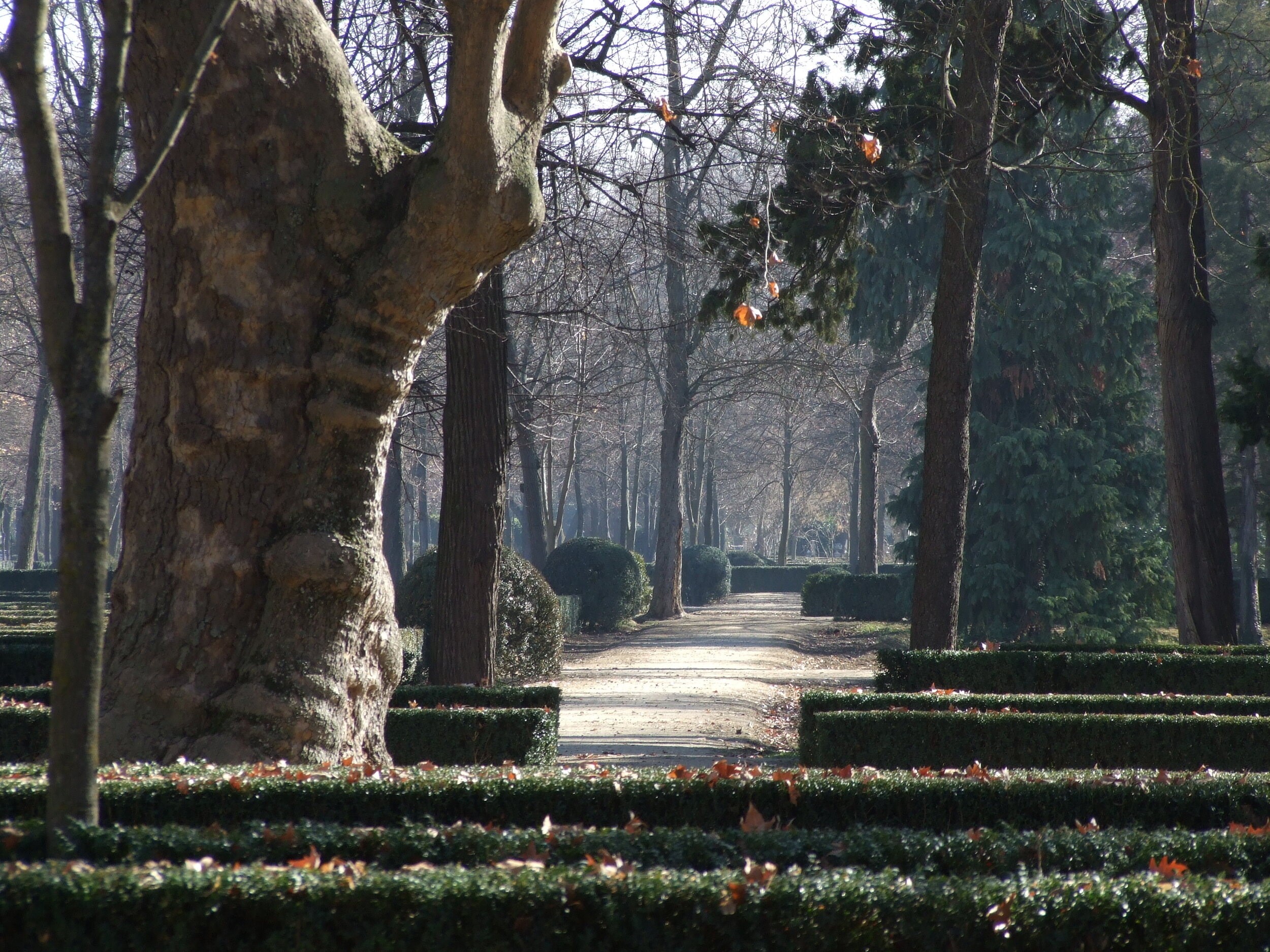
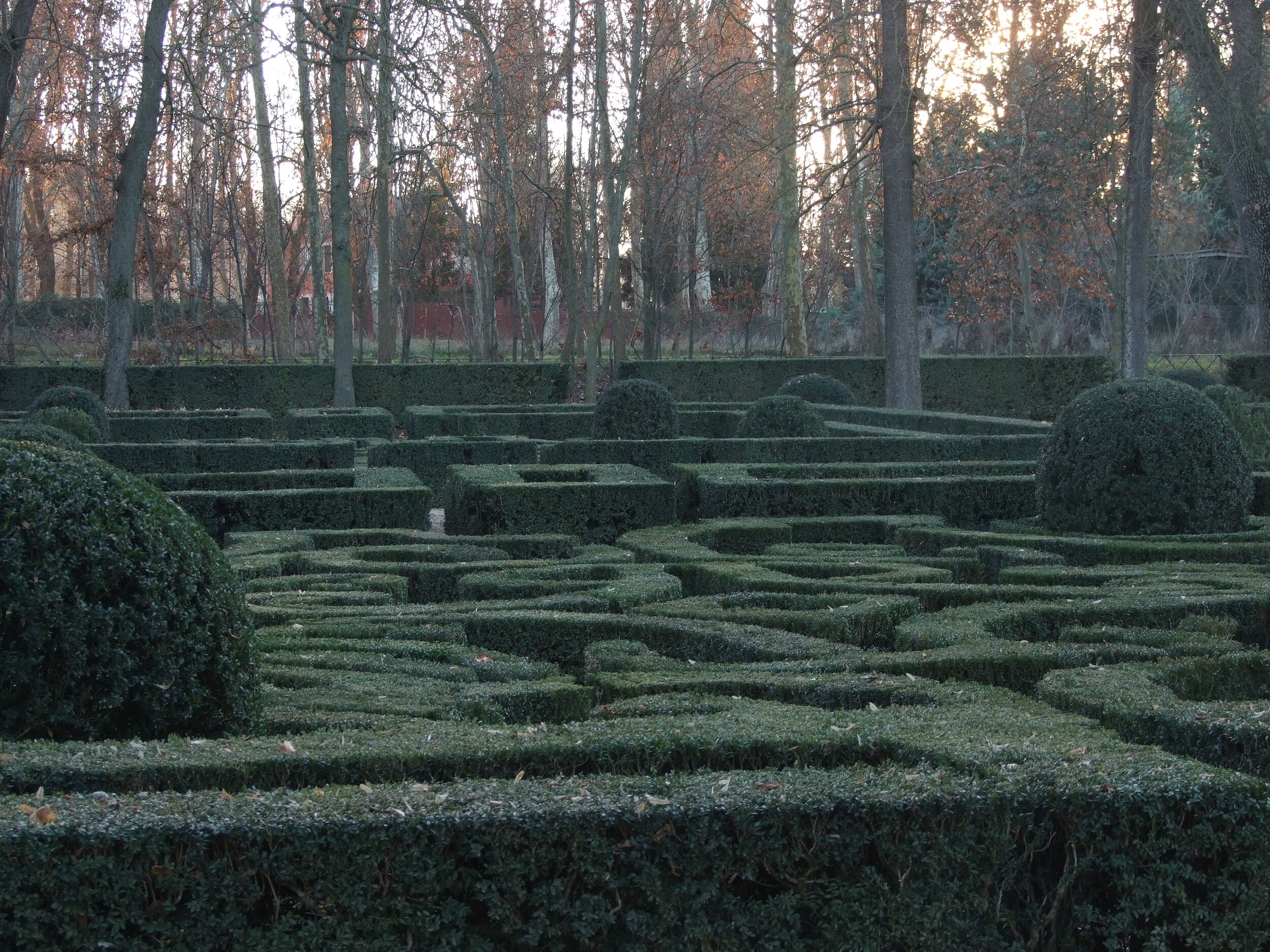
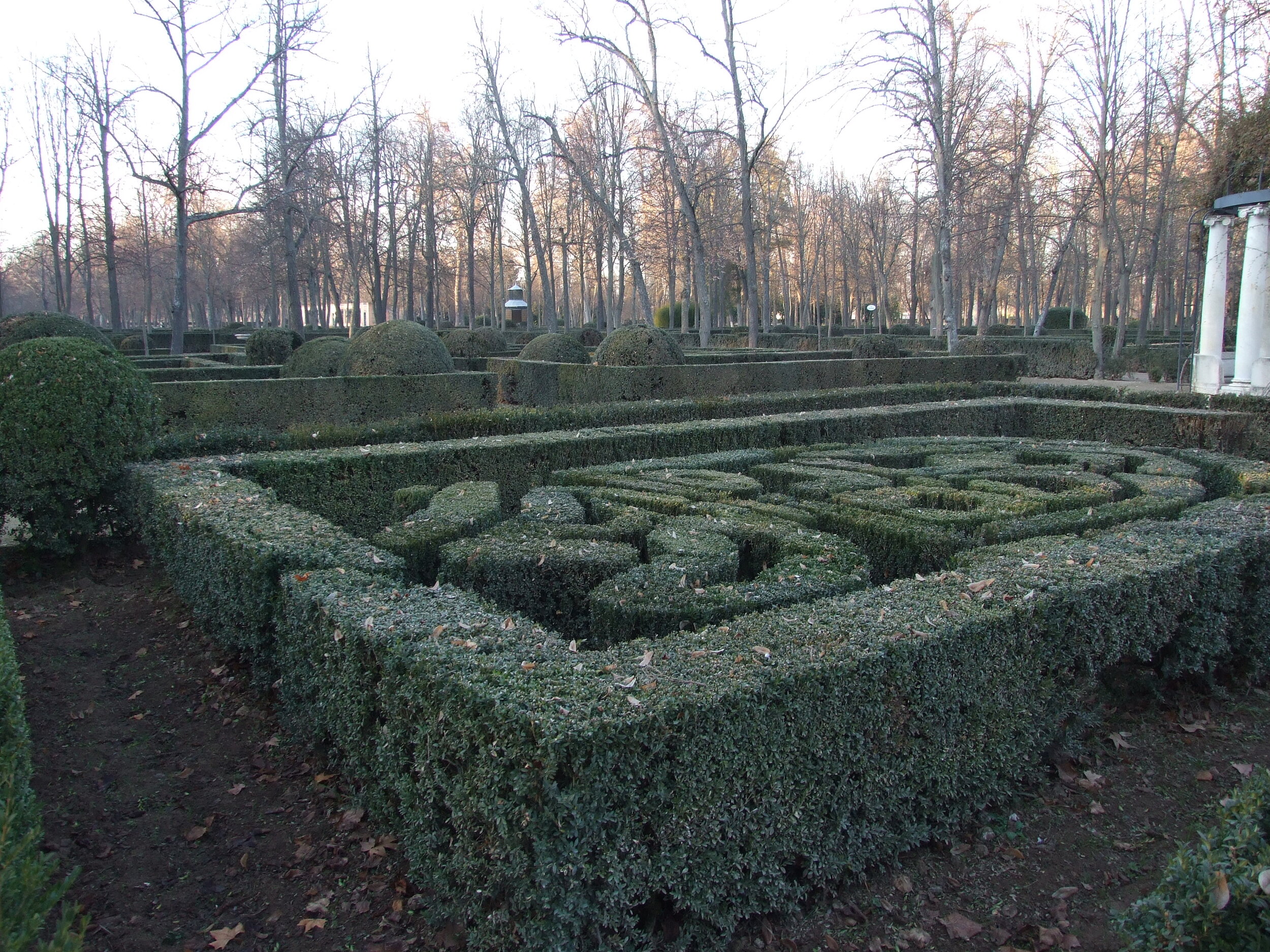

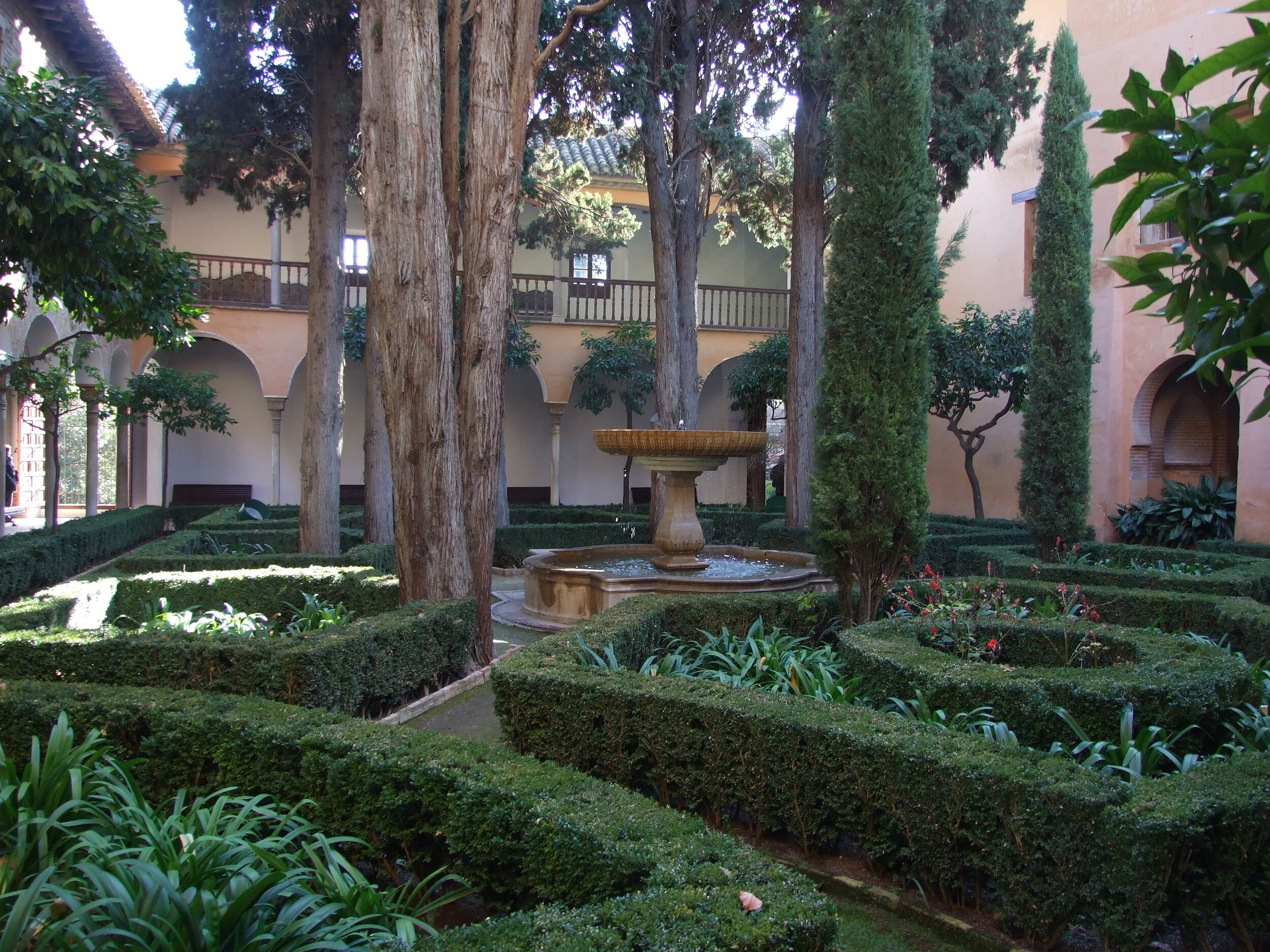
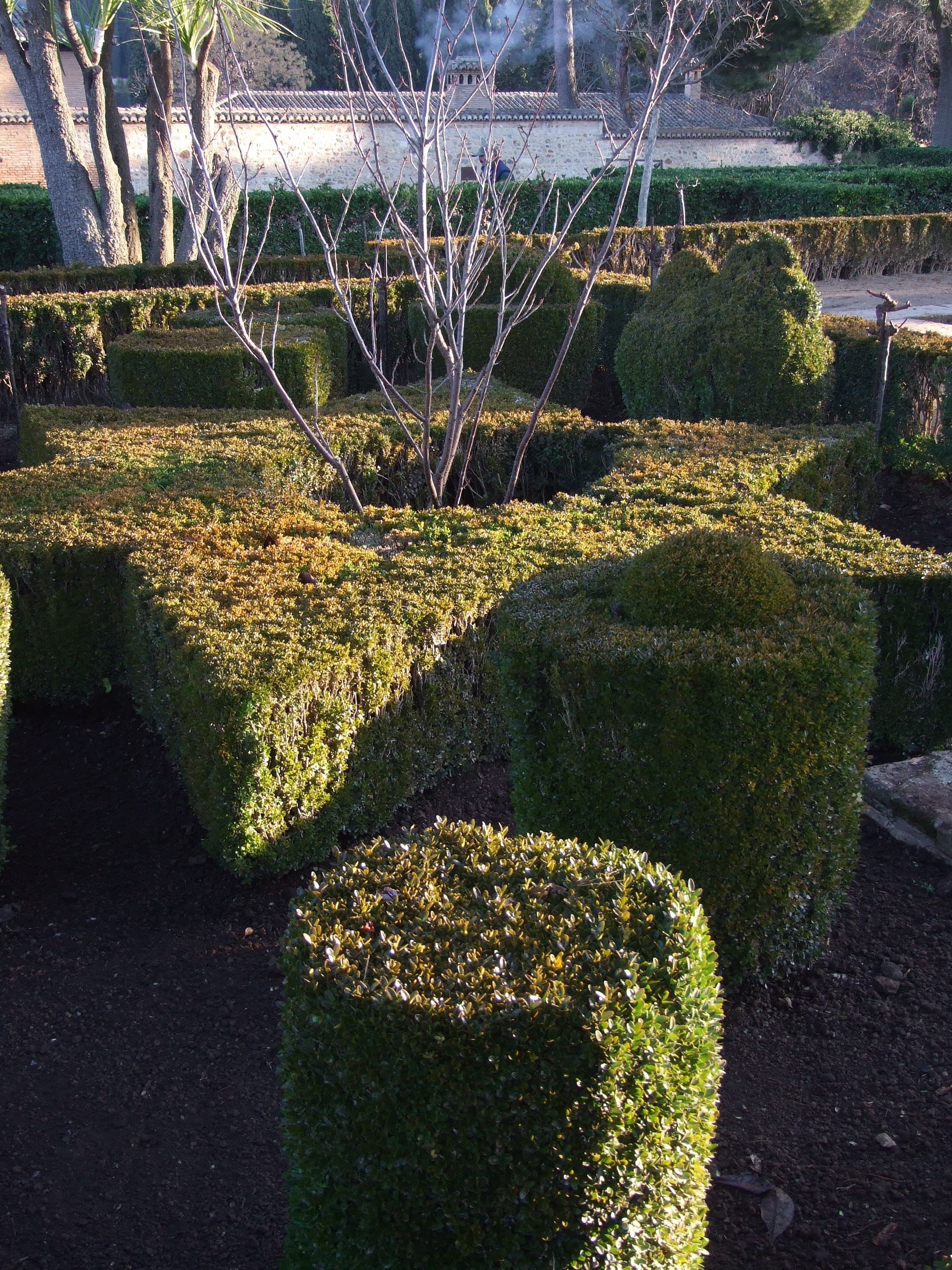
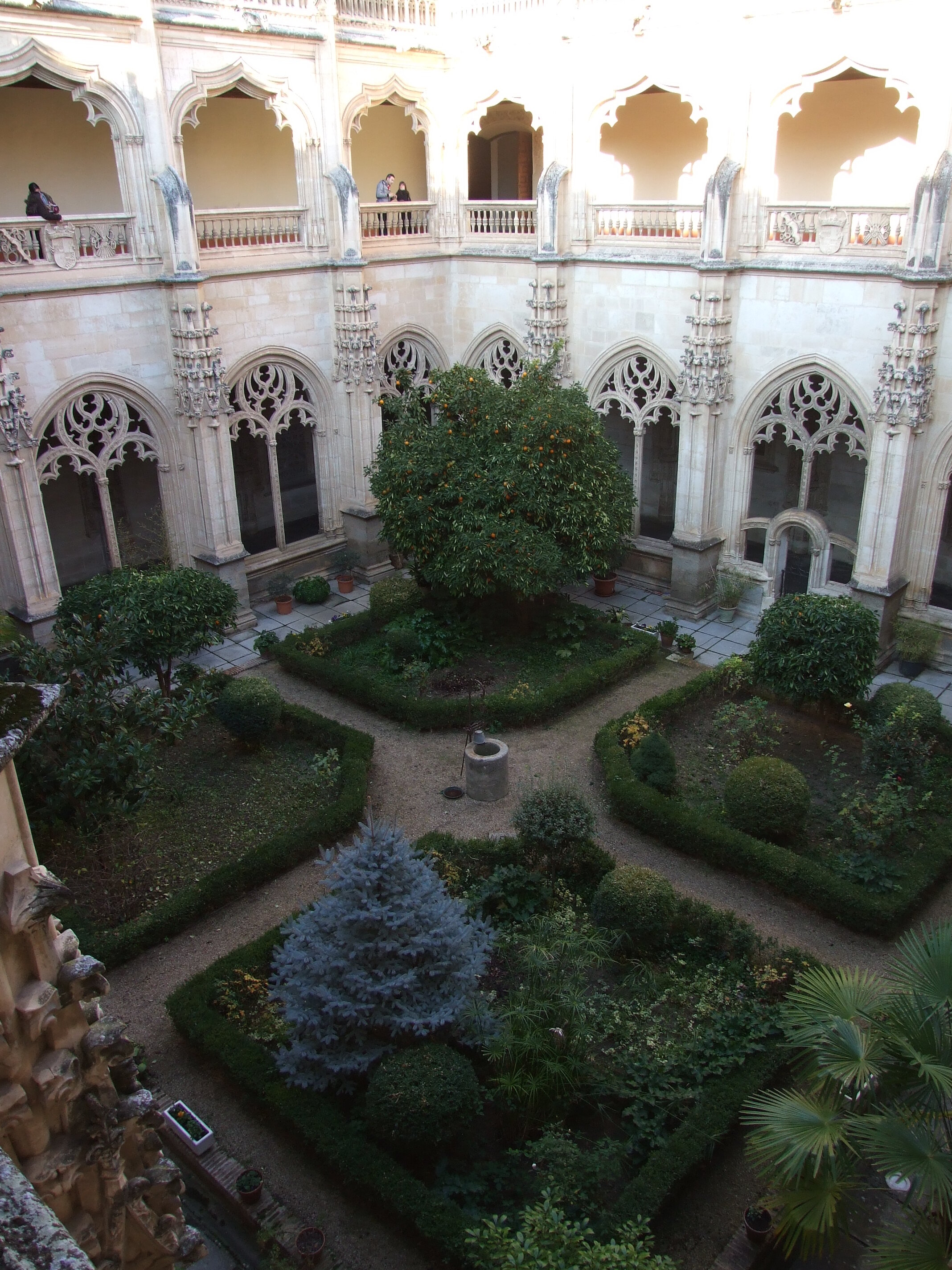
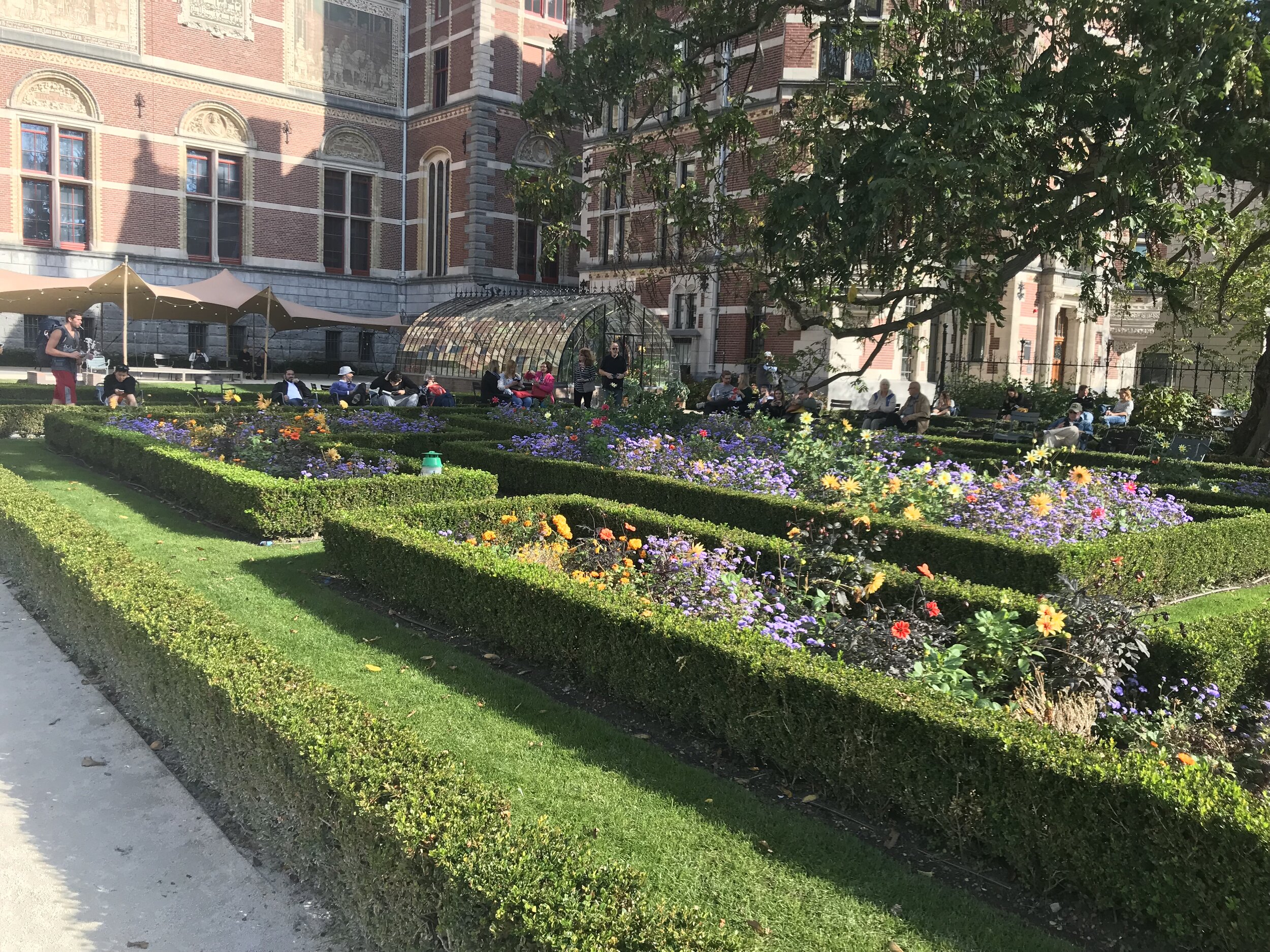
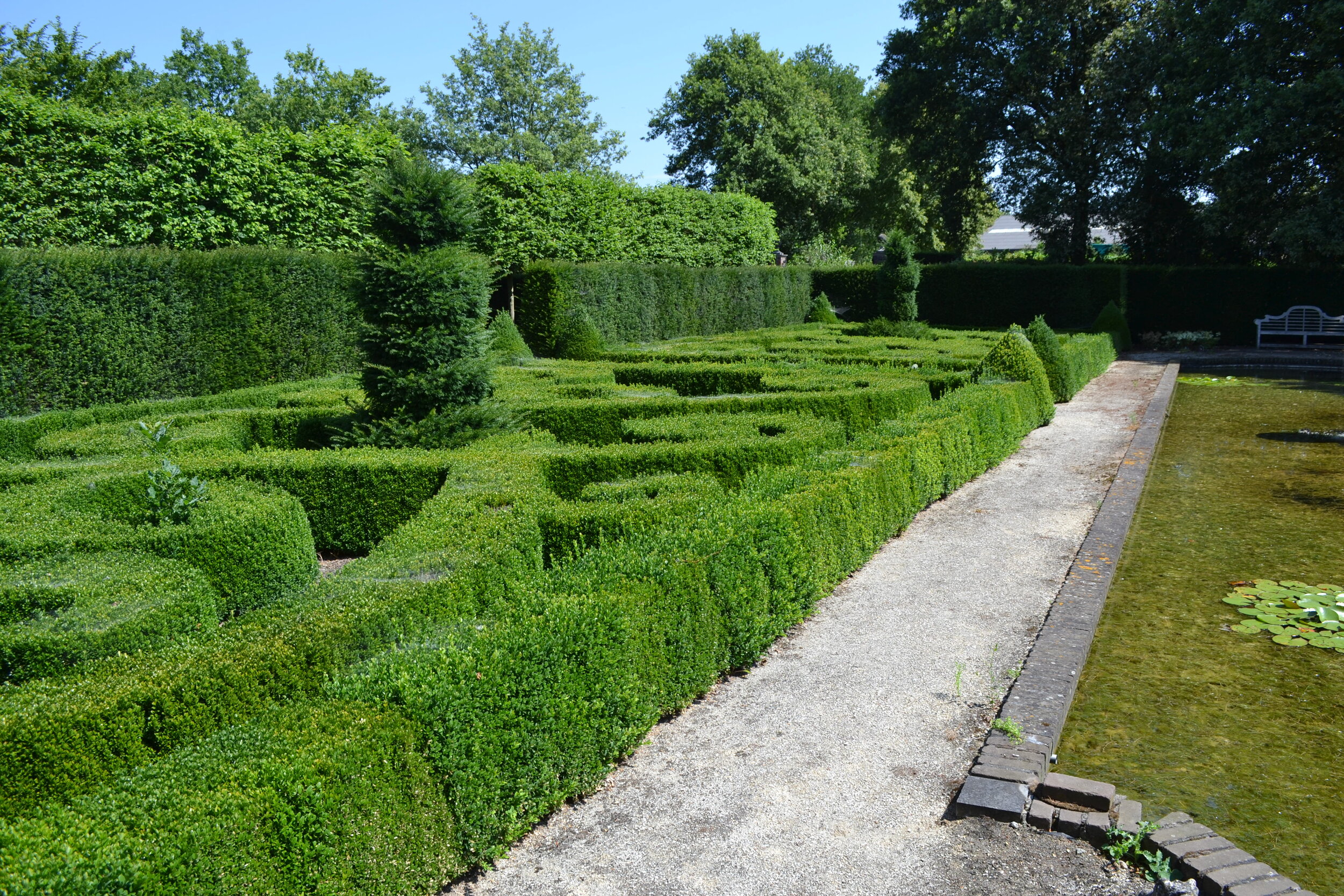
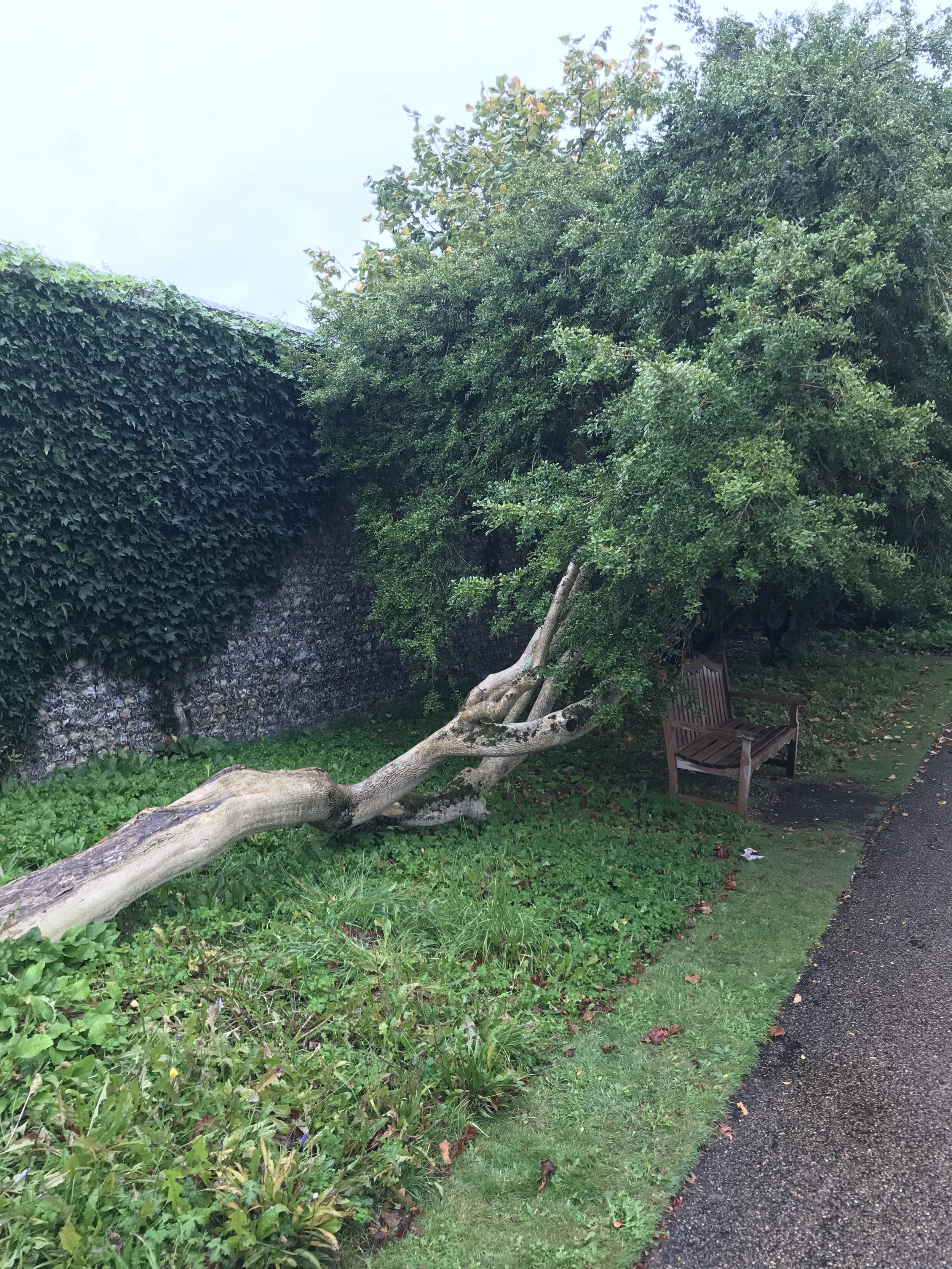


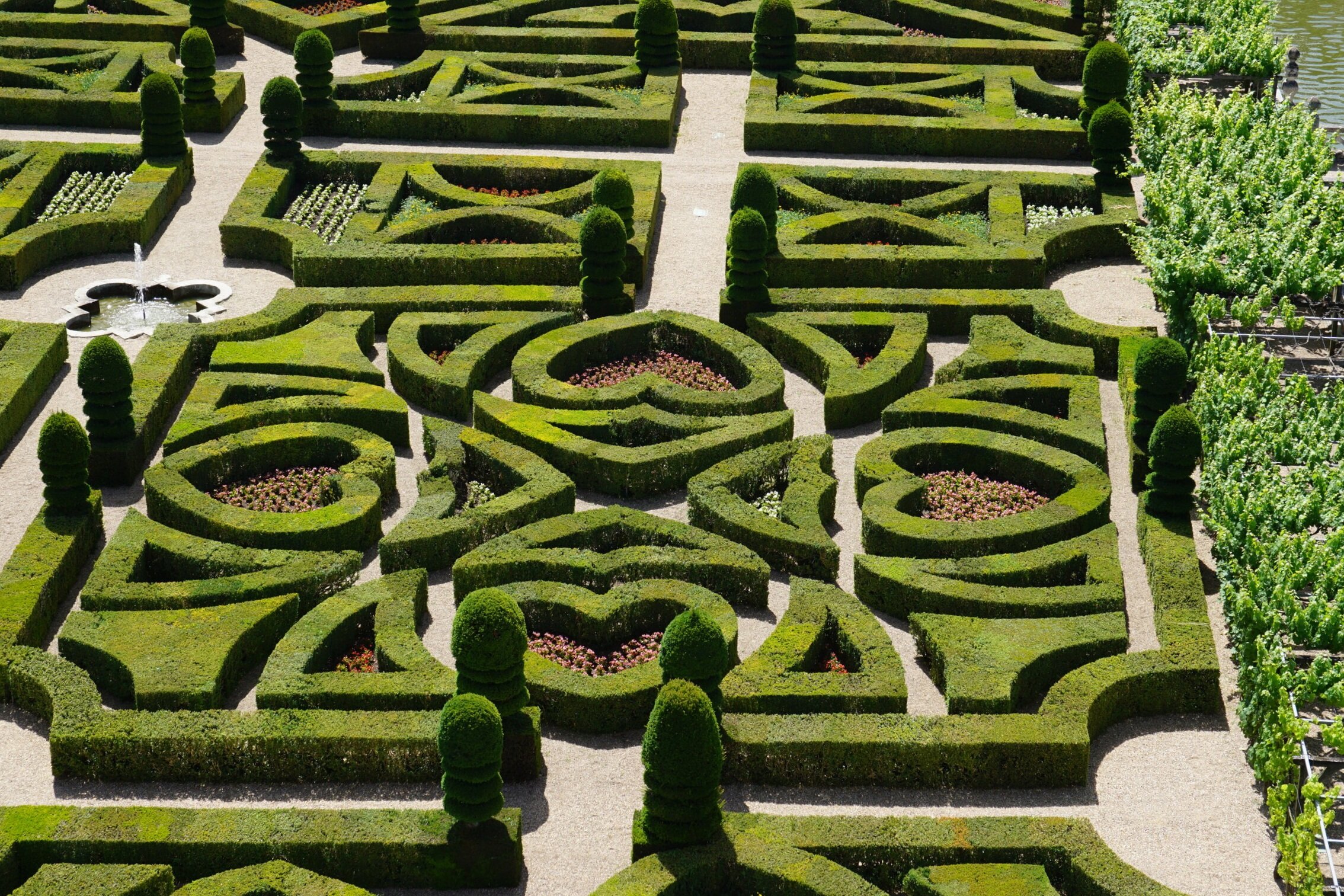
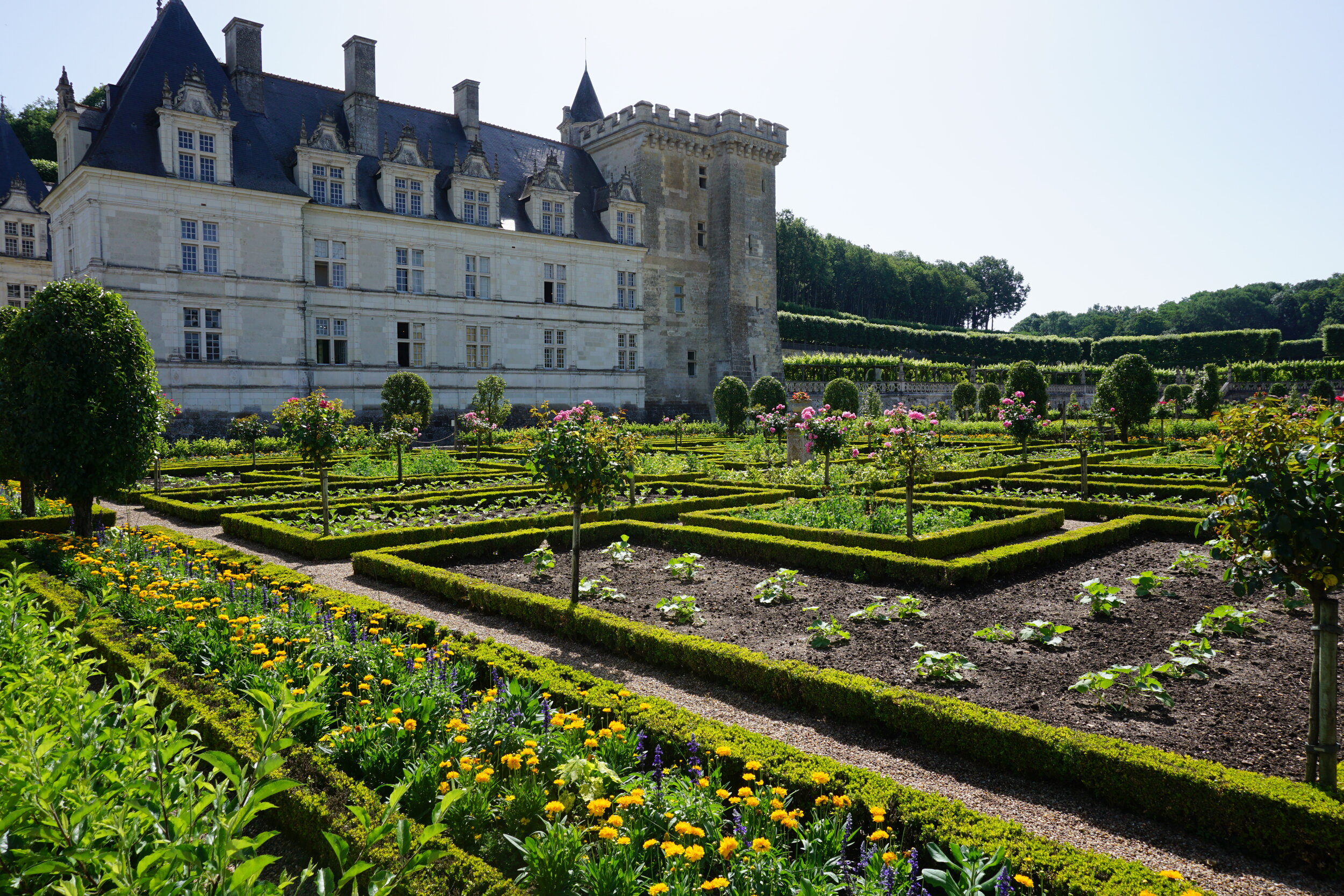
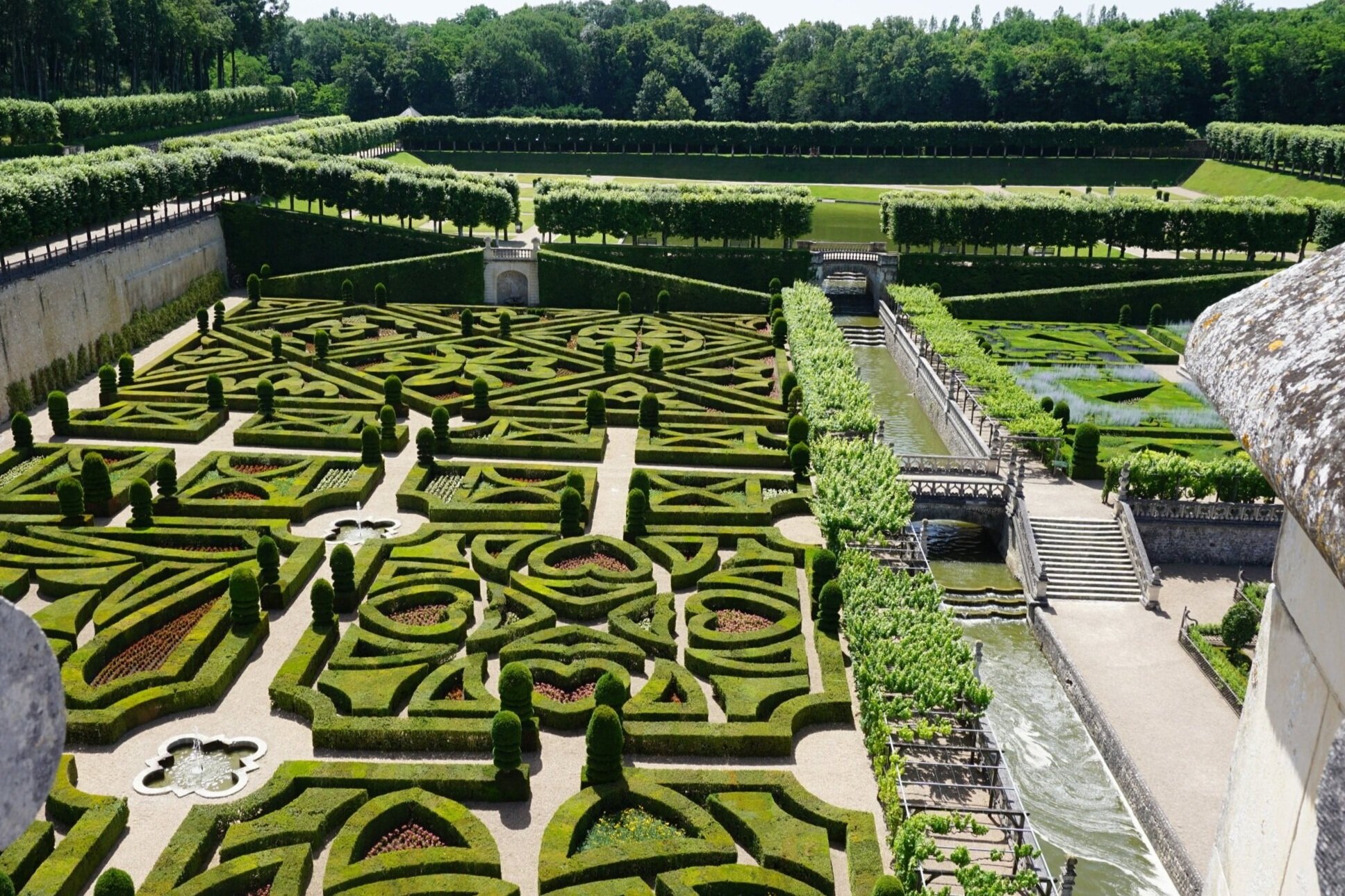
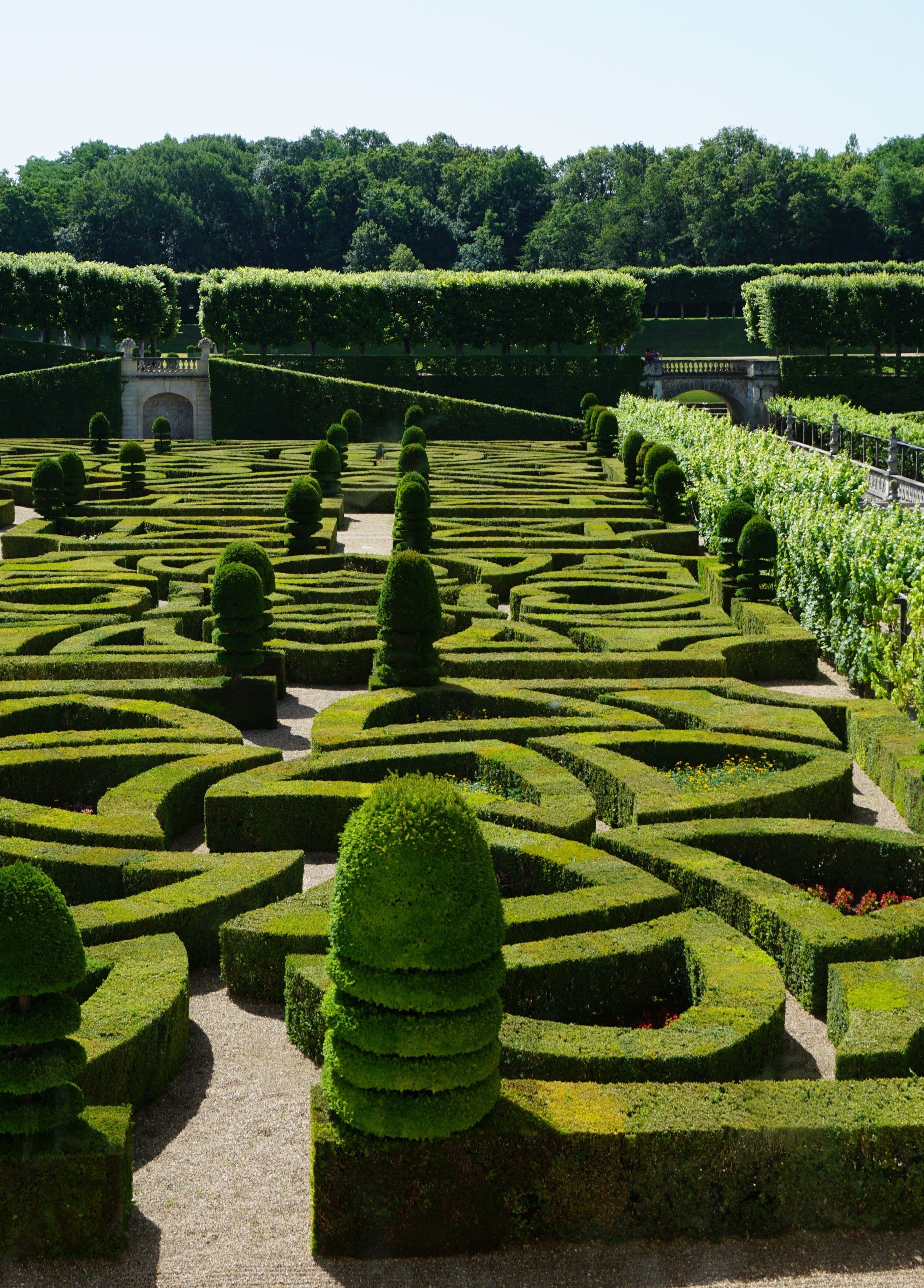
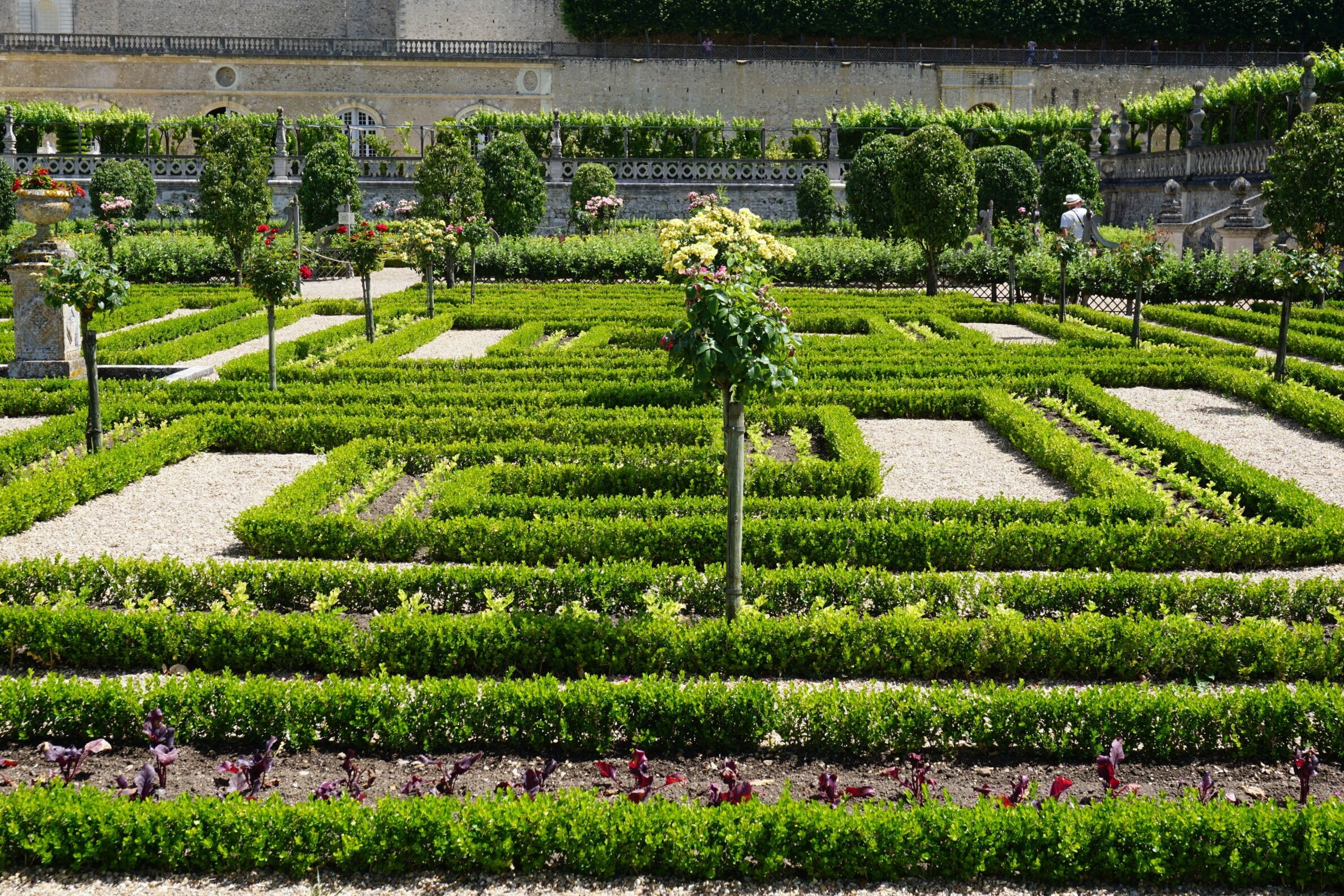
This is only a snippet of photos from our archives. There are many more gardens in the world filled with boxwood. While traveling, keep an eye out for boxwood in all shapes and sizes!
